The world's deadliest foods and drinks
Dangerous dinners
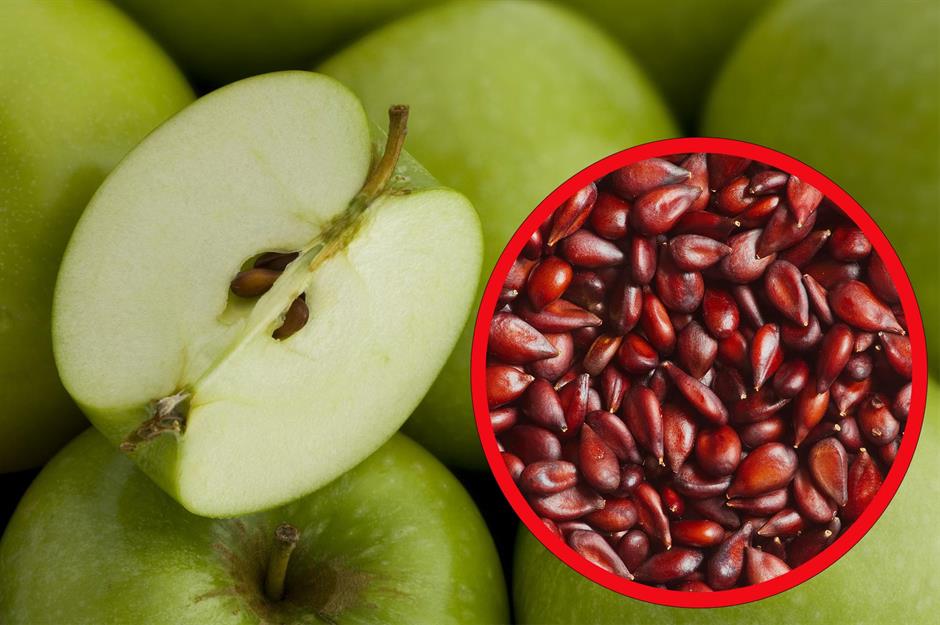
While ominously named ingredients like blood clams and Dragon's Breath allude to their risky nature, you’re probably not aware that everyday items like apple pips, potatoes and nutmeg also have the potential to cause you serious harm. From an edible Japanese delicacy that contains a deadly toxin to cheese crawling with maggots, here we reveal the most dangerous foods in the world.
Click or scroll through our gallery to discover the deadliest foods on the planet, counting down to the most dangerous of all.
While all the foods listed in our gallery can be dangerous in some form, we’ve based our ranking on research and data specific to each ingredient or dish.
29. Green potatoes
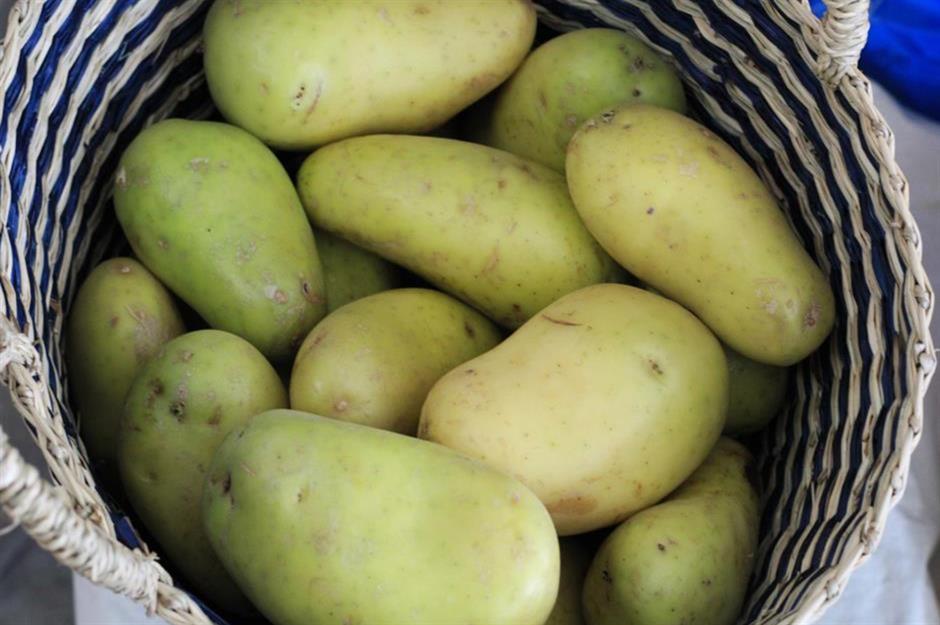
Delicious roasted, boiled, mashed or turned into fries, this versatile root vegetable is still capable of doing you harm. When damaged, exposed to light or simply left to age for too long, potatoes can turn green due to toxic substances called glycoalkaloids found in their leaves, sprouts and tubers. Consuming large quantities of potatoes with a high glycoalkaloid content can cause diarrhoea, nausea, cramping, confusion, blurred vision and headaches – and in some very rare cases, it could have life-threatening consequences.
29. Green potatoes
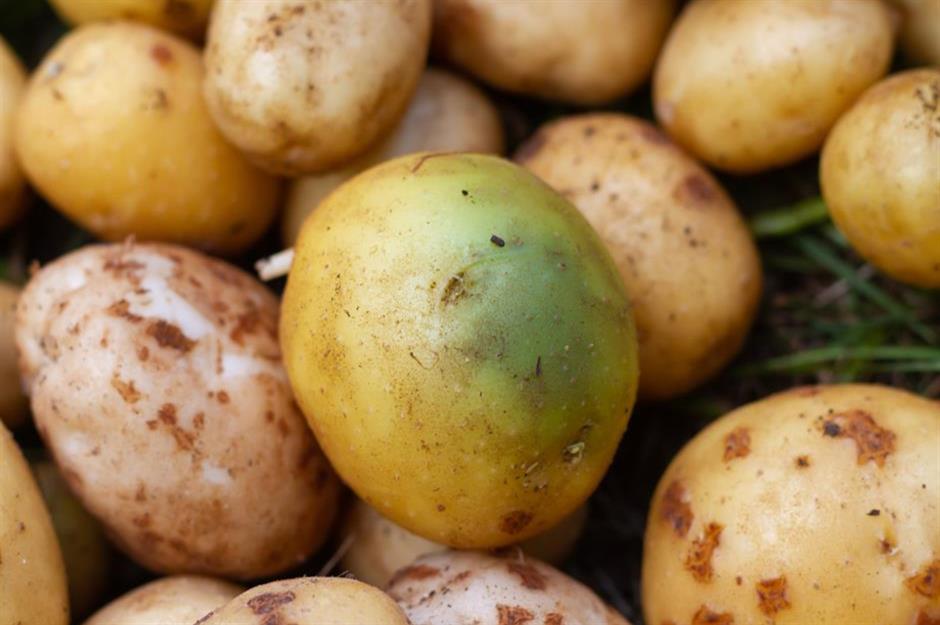
If you find that your potatoes have developed green areas, make sure you cut these bits away before cooking. Potatoes that are fully green should be avoided altogether and consigned to the compost bin. If your cooked potatoes taste overwhelmingly bitter (whether they had a green tinge to begin with or not), they’re also best avoided, as this could be an indicator of a glycoalkaloid build-up. To make your potatoes last longer, store them in a cool, dry place away from direct sunlight.
28. Nutmeg

Whether you love it added to baked goods, mashed potatoes or a good old-fashioned serving of rice pudding, it’s hard to imagine that nutmeg could impact your health. But while a small scattering of this spice can lift a dish, it’s important not to consume too much. An overdose of nutmeg could lead to confusion, drowsiness, dizziness and even hallucinations or seizures.
28. Nutmeg
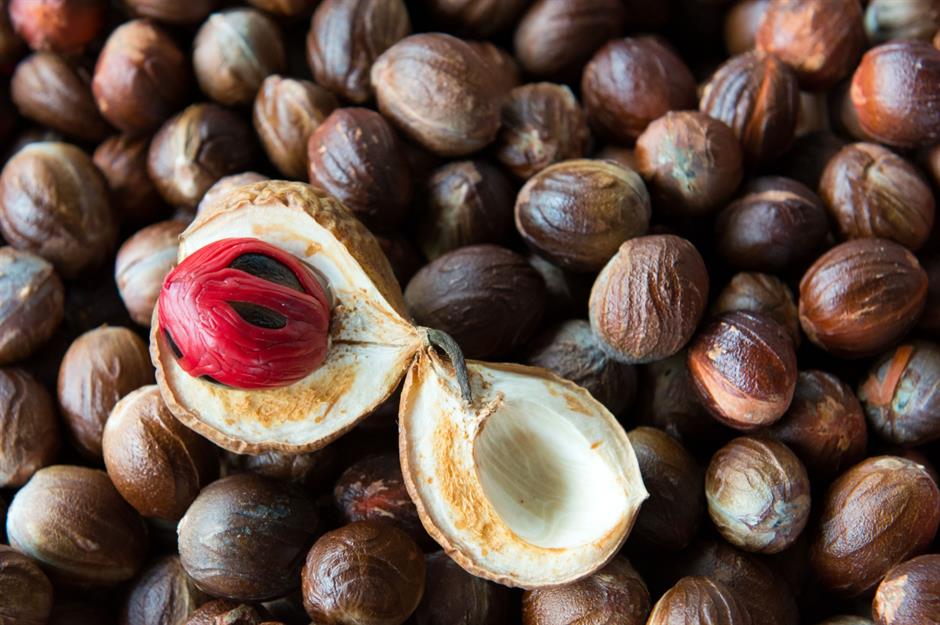
Nutmeg contains a chemical called myristicin, which is also found in other plants like dill and parsley. This chemical compound affects the central nervous system, causing unpleasant symptoms. According to a study conducted by the Illinois Poison Center, only around 0.35oz (10g) or two teaspoons of nutmeg could make someone ill. Fortunately, it’s not too difficult to avoid consuming large amounts of nutmeg.
27. Grapefruit
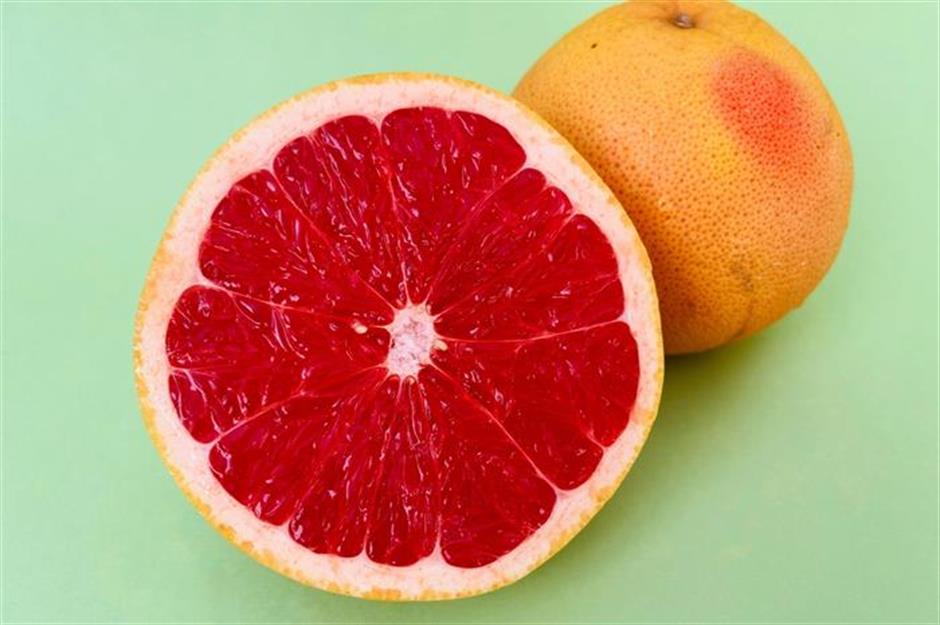
Grapefruit is great for breakfast, and its juice is refreshing and tasty. However, before you eat it, you might need to consider whether you’re taking any medication. This citrus fruit can present a hidden danger, interacting with some types of medicine and causing side effects. Many of the medications it interacts with are very common – including medicines prescribed to regulate blood pressure and heart rhythm, fight infections and lower cholesterol.
27. Grapefruit
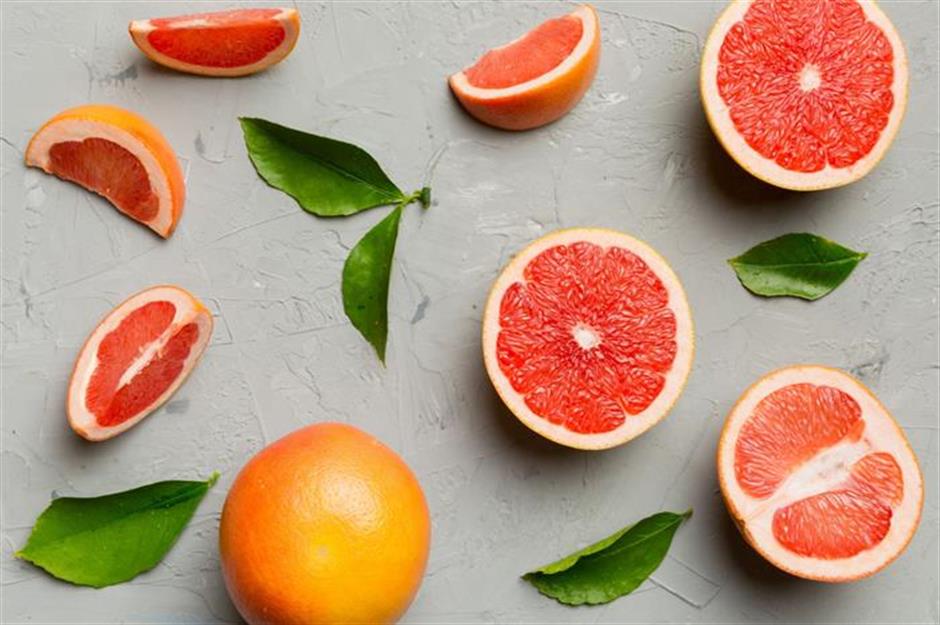
Grapefruit can affect an enzyme that helps to break down various medications, which then build up in the blood. Over 50 medications could have possible interactions with grapefruit and its juice – so it’s best to check if any medicines you’re taking are on the list before you tuck in.
26. Alfalfa sprouts
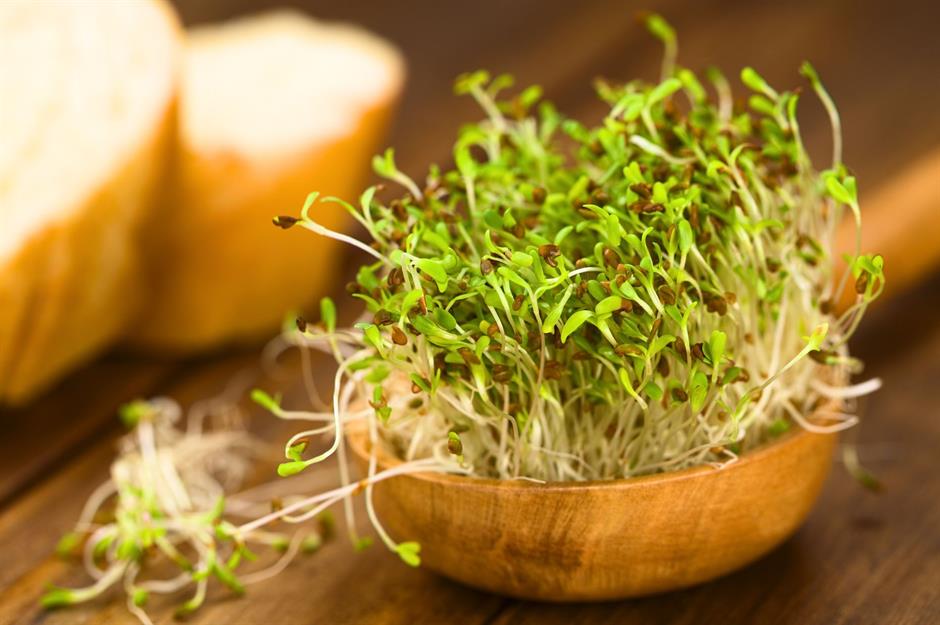
These small, green sprouts might not look like much, but they are packed with antioxidants and vital nutrients. Researchers have found that alfalfa sprouts can help lower cholesterol levels, improve menopause symptoms and manage blood sugar levels – but they are worth being wary of. This wonder food is grown in a very warm, humid environment, and this is ultimately where harmful bacteria thrive most.
26. Alfalfa sprouts
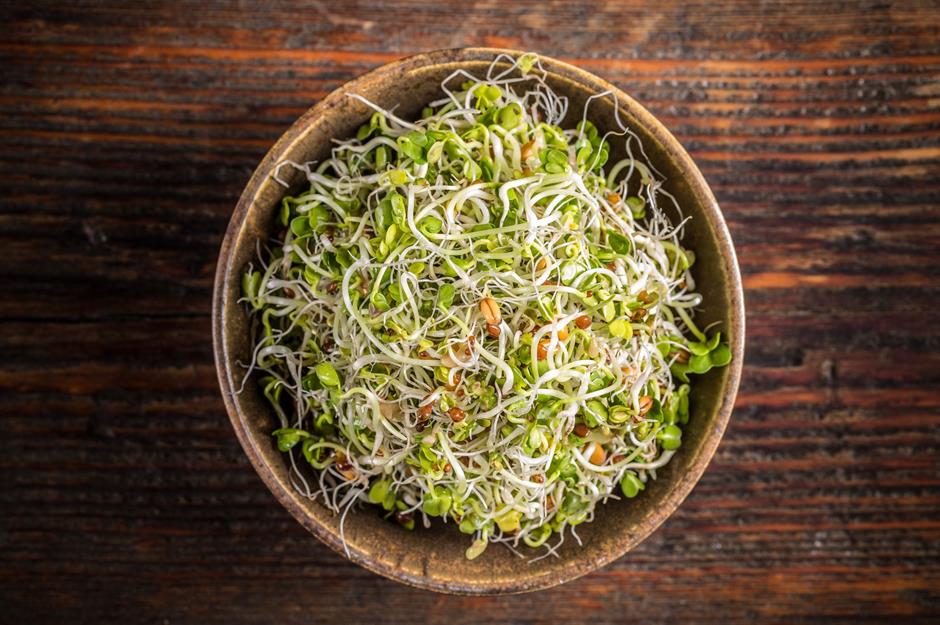
Commonly eaten raw in salads, alfalfa sprouts’ growing conditions mean they often cause food poisoning. In 2023, the Centers for Disease Control and Prevention (CDC) reported an outbreak of salmonella typhimurium where 63 individuals were infected in the US, and raw alfalfa sprouts were believed to be the root of the cause – this is just one of many outbreaks in recent years. Minimise risks by consuming the sprouts within two days of purchase – and avoid them altogether if you are pregnant.
25. Mango skin

Ever sliced into a refreshing mango and wondered if you can eat the skin? The short answer is yes – but be cautious. While the interior is bursting with rich juices and flavour, mango skin isn’t quite as appealing, despite being packed with nutrients and vitamins. The skin contains urushiol, a chemical also found in poison ivy, which can cause severe skin irritation and reactions for some people.
25. Mango skin
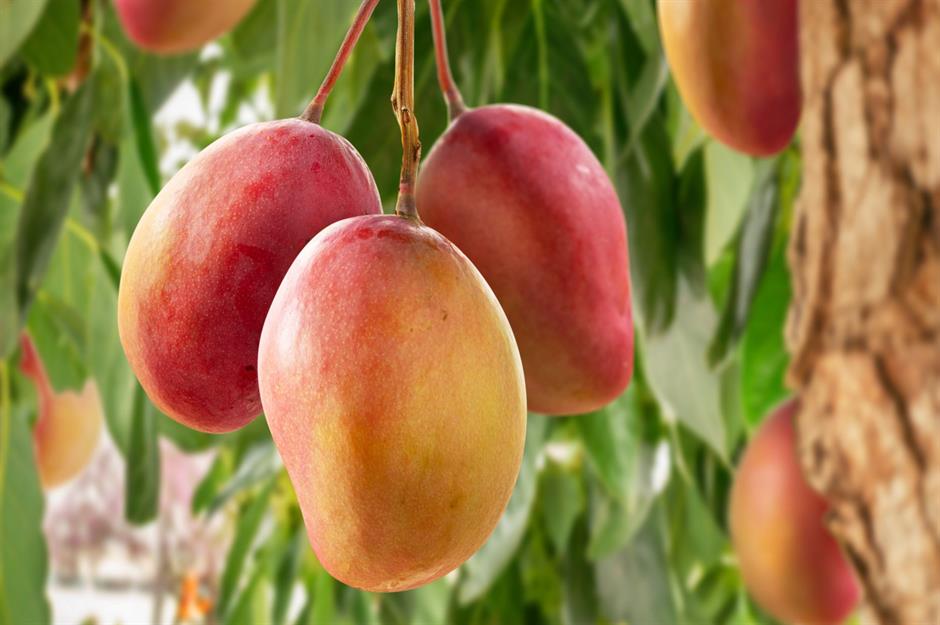
Mangoes are also sprayed with pesticides. While these do keep the fruits fresh and free from pests, they can have lasting negative effects if consumed in substantial quantities, including causing cancer and problems with fertility. With that in mind, and given its leathery texture and bitter taste, it’s worth discarding the skin and sticking to the orange fruit within.
24. Star fruit
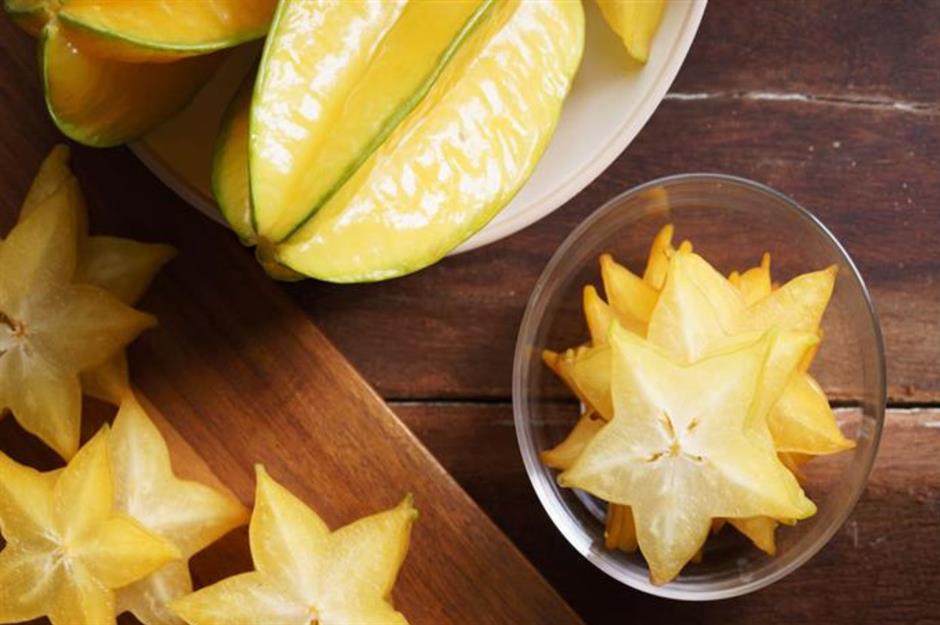
This bittersweet fruit, with its distinctive five-point shape, is native to Asia. Most people have no trouble eating it, but it must be avoided by those with kidney problems; it contains a toxin which, if not broken down by the kidneys, causes neurological conditions. People with health issues affecting their kidneys are unable to process and pass the toxin, which could potentially cause serious illness.
24. Star fruit
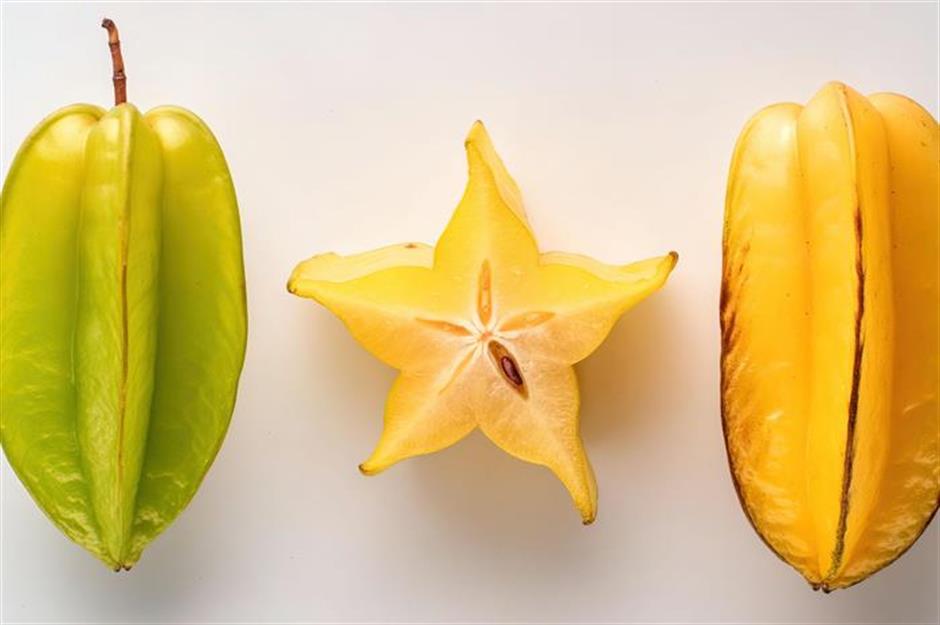
The symptoms of star fruit poisoning include hiccups, confusion and seizures. A case of the hiccups that won’t go away after eating star fruit may need to be taken seriously. In severe cases, poisoning from star fruit can cause irreversible brain damage or even be fatal. Not only that, but less than a cup of star fruit juice can cause kidney toxicity due to the fruit’s high levels of oxalate (an organic acid found in many plants).
23. Tuna
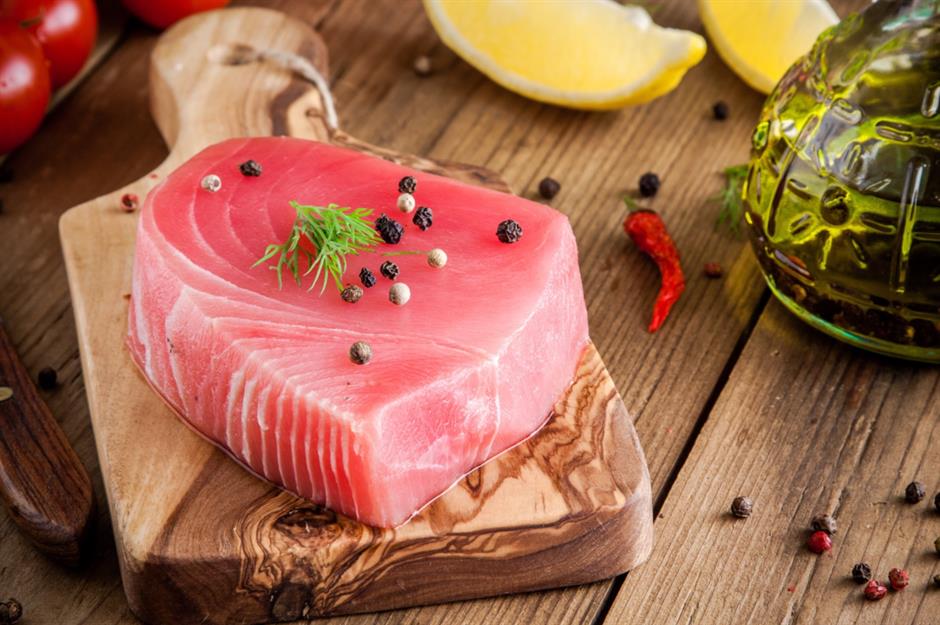
While many of us know that raw tuna should be avoided by children and pregnant women (and consumed in moderation by the rest of us) due to the risk of mercury poisoning, you may not have realised that there are further dangers associated with the ingredient. Caused by eating fish that hasn’t been properly refrigerated after being caught, cases of scombroid poisoning occur across the world, often as a result of eating contaminated tuna, mackerel, marlin or mahi-mahi.
23. Tuna
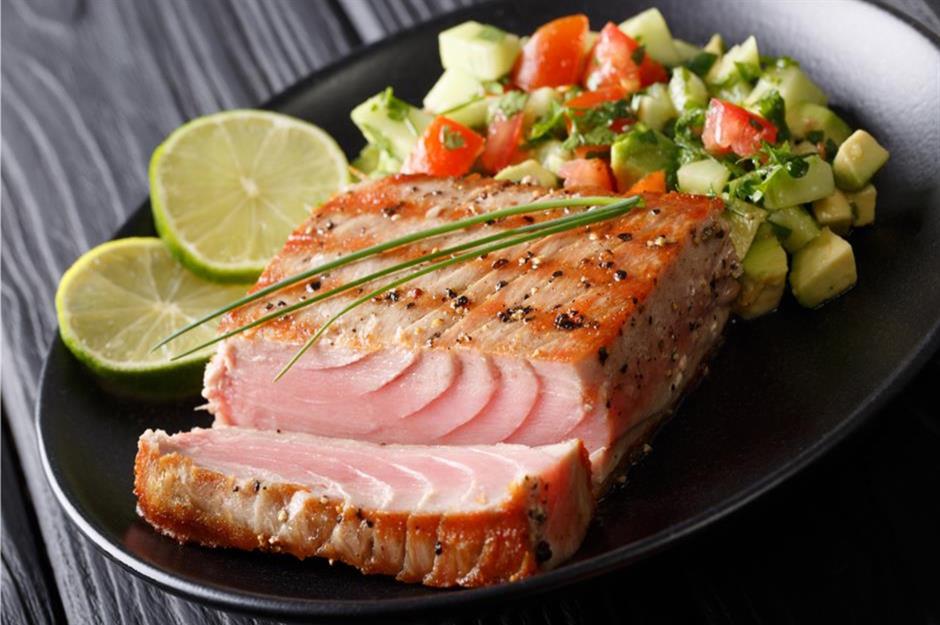
Symptoms associated with scombroid poisoning tend to develop quickly – within a few minutes to an hour of eating – and often include headaches, facial flushes, itching, cramps, difficulty swallowing or breathing, blurred vision and heart palpitations. The best way to avoid scombroid poisoning is to always buy your fish from reputable suppliers with a well-established reputation for storing fish correctly. If you’re thawing frozen fish at home, do so as quickly as possible, and eat it soon after. Note that once thawed, fish should never be refrozen.
22. Hot dogs

They may be a favourite snack at parties, ball games and cookouts, but the humble hot dog is by no means as innocent as it looks. Widely regarded as one of the most common choking hazards, hot dogs are the number one cause of food-related choking in children under the age of three in the US. This is largely due to the fact that cylinder-like hot dogs unfortunately happen to be the perfect size for blocking the airway, particularly in young children.
22. Hot dogs

Experts say that if parents do still want to give their children hot dogs, they should be minced or finely sliced before doing so. That said, most styles of this meat are high in sodium and nitrates, so they shouldn’t be consumed regularly – they’ve been classified as a processed food by the World Health Organization (WHO) and have also been linked to increasing the risk of certain types of cancer.
21. Red kidney beans
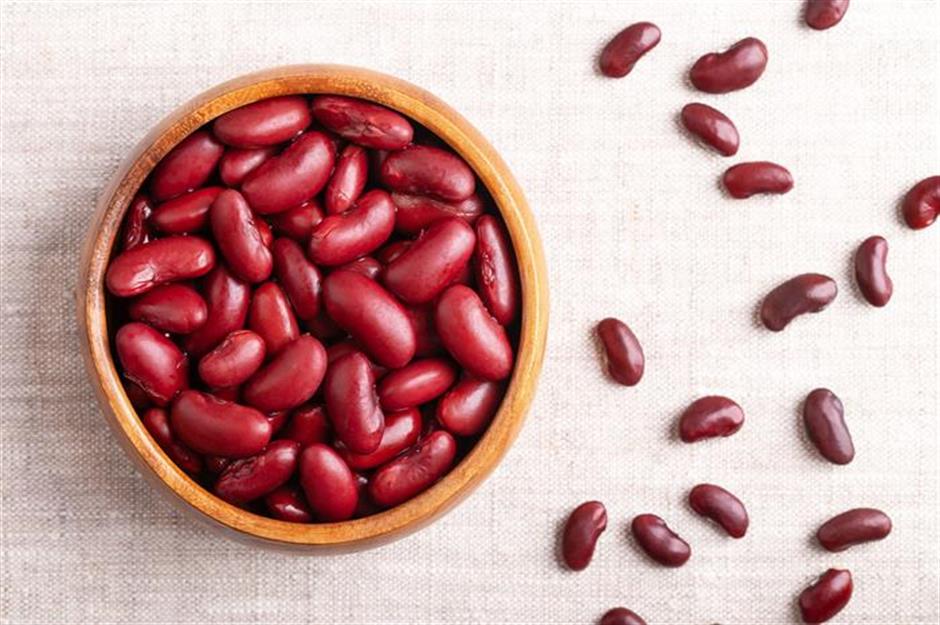
Beans are an economical ingredient, but they can also be toxic if you don’t prepare them properly. Eating beans raw can cause nausea, stomach aches, vomiting and other gastrointestinal symptoms due to the high levels of lectins (a carbohydrate-binding protein) they contain. Red kidney beans are particularly high in lectins; you only need to eat about four or five raw kidney beans to experience side effects.
21. Red kidney beans
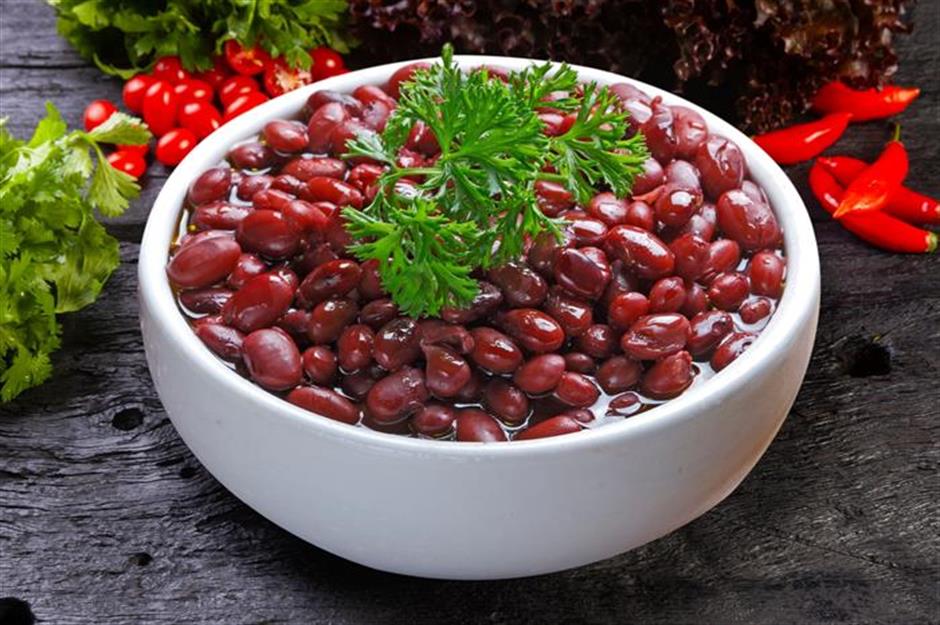
While all foods contain lectins, they’re especially concentrated in beans and legumes. Cooking beans breaks the lectins down, making them safe to eat; for example, kidney beans should be soaked overnight, then boiled before consumption. Looking for a quicker (and easier) way to make use of them? Buy tinned beans, which are already cooked.
20. Apple pips
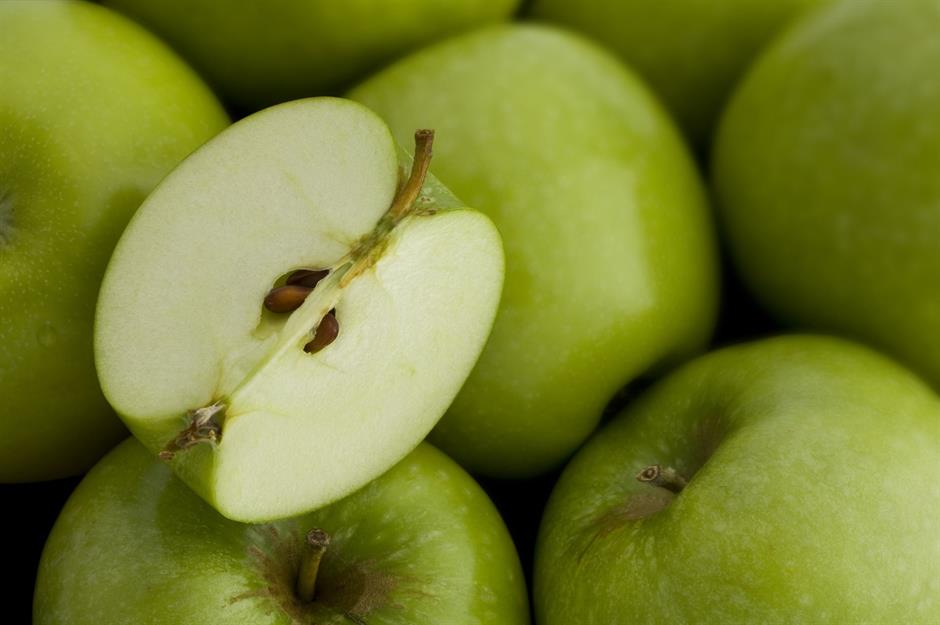
Packed with fibre and antioxidants, apples are enjoyed across the globe – but there’s a reason we’ve been told to steer clear of eating the bitter black seeds located in the fruit’s core. Apple pips contain amygdalin, a compound that releases cyanide when in the body. While the occasional accidental pip won’t cause harm and is nothing to worry about, when consumed in quantity they can be dangerous.
20. Apple pips
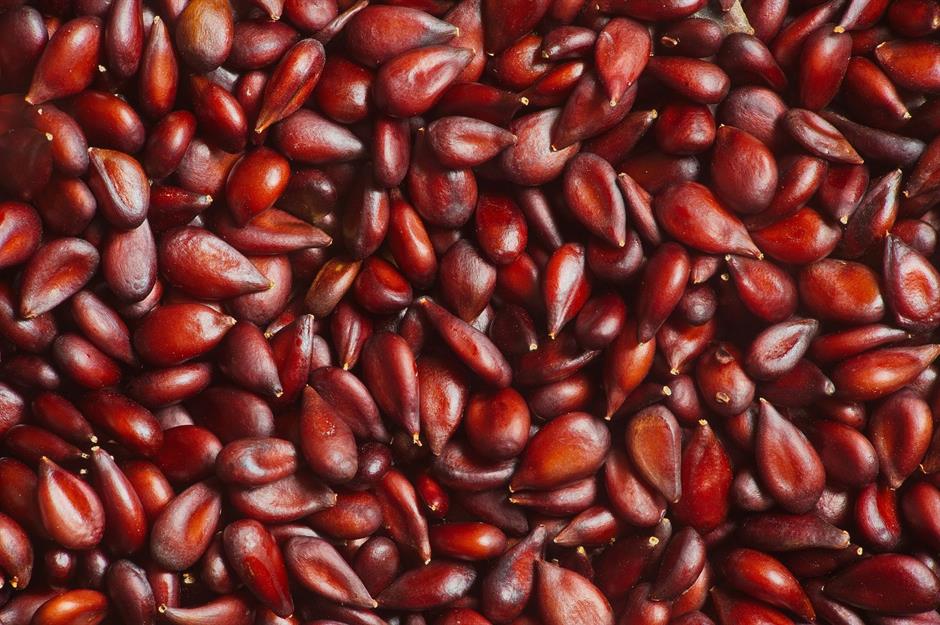
While you would have to consume a large amount of apple pips for it to prove fatal, it is possible and doing so should be avoided. Cyanide can cause issues with the heart and brain and, if consumed in high amounts, can lead to possible comas and even death. Skip any risks and eat around the core next time you fancy an apple.
19. Jellyfish
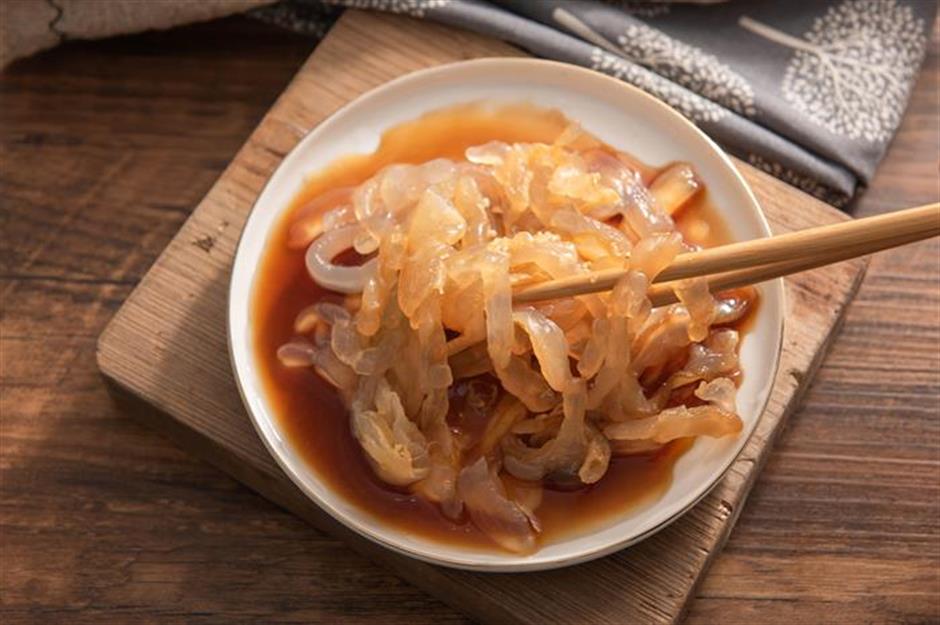
In Western countries they may be more famous for their nasty sting, but jellyfish are a common food in many places around the world. And while some species of jellyfish are safe for humans to consume, they must be prepared correctly. If not, there’s a risk of food poisoning – and the jellyfish’s venom may even end up in the final product. Despite this, they’re still a popular delicacy in China, Japan and other Asian countries.
19. Jellyfish
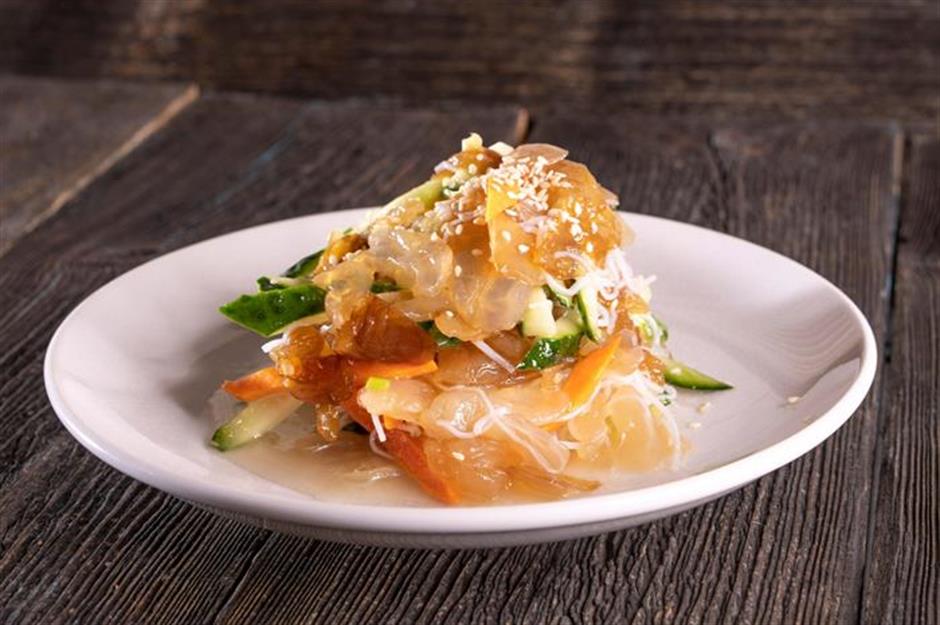
The mauve stinger, found in the Mediterranean, is considered one such edible species of jellyfish. It's usually cooked in lemon juice, vinegar and water (which should get rid of any dangerous chemicals), before being battered and fried. However, if it’s left out for too long after being caught, the jellyfish can become riddled with foodborne bacteria – and as a result, it's potentially hazardous.
18. Cherry stones
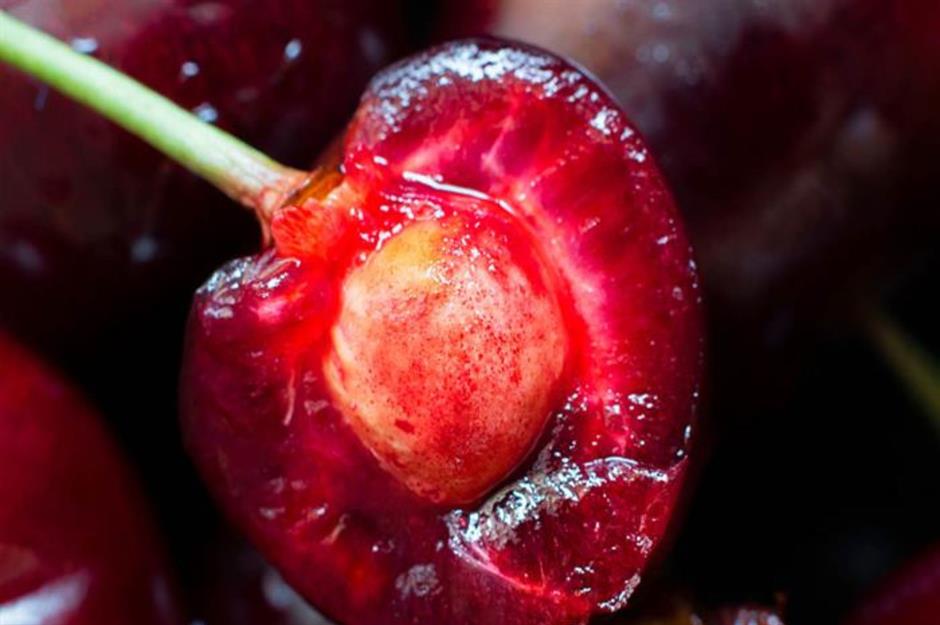
They might look harmless, but chewing on a cherry, apricot or peach stone should be avoided, as they contain a compound that turns into cyanide in the body. The doses are usually small – so unless you consume a large amount, the effects are unlikely to be fatal. However, there have been a few cases of cyanide poisoning linked to consuming cherry stones in recent years.
18. Cherry stones
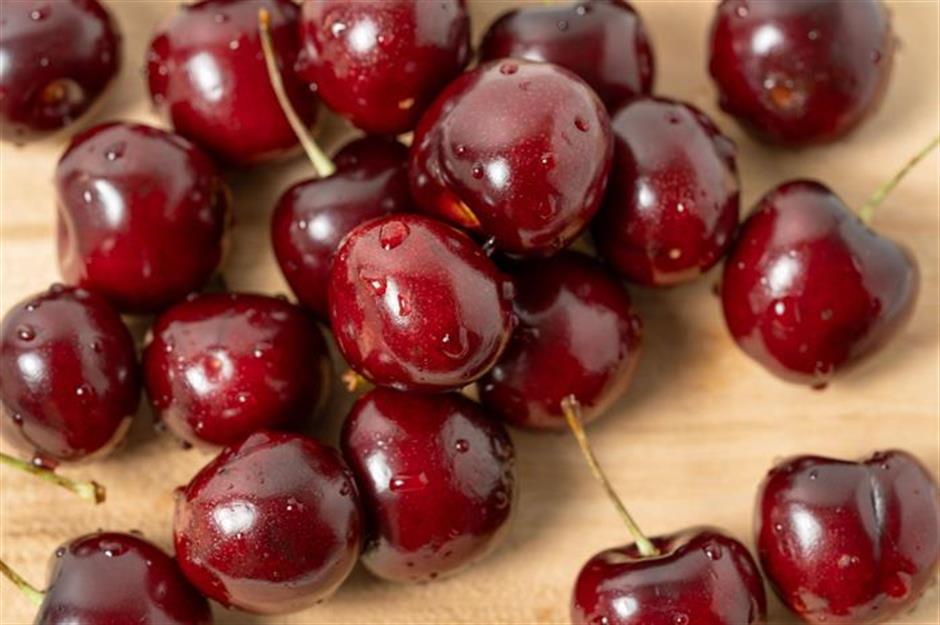
Biting down into a cherry stone isn’t the same as swallowing a stone whole; when you do this, it should pass through your system intact. So, if you accidentally consume a cherry stone, there’s no need to worry. That doesn’t necessarily make it a good idea to swallow them all the time, though. They can cause bowel obstructions and they’re a choking hazard, too. The safest way to eat cherries is to avoid the stones altogether.
17. Bitter almonds
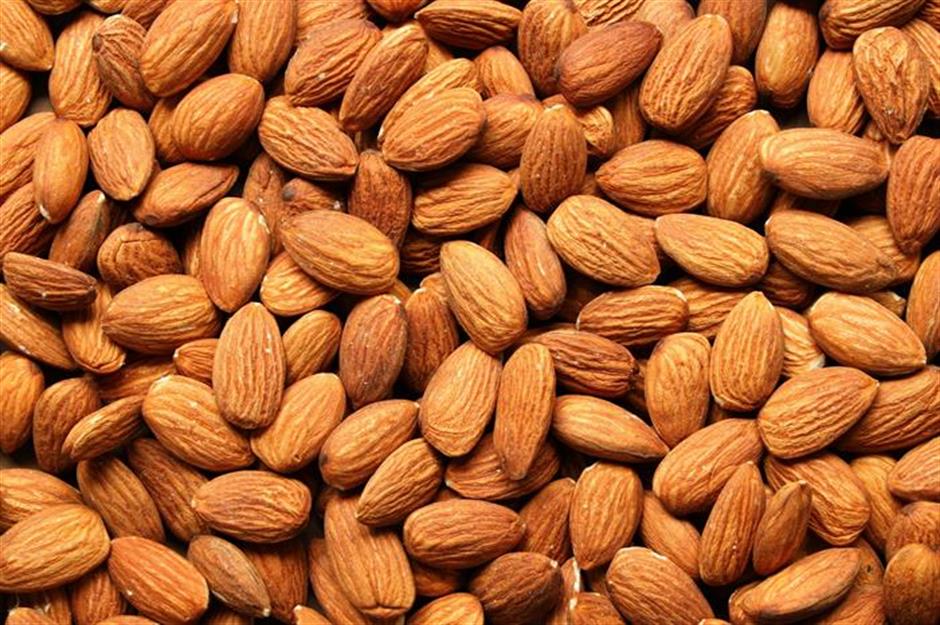
There are two main types of almonds: sweet and bitter. Sweet almonds are ready to eat; you can pick them up and munch on them with no prep needed. However, bitter almonds are a different beast. Not only do they taste nasty, but they could also be deadly if you eat them. Bitter almonds, unlike sweet almonds, contain glycoside amygdalin. If ingested, the substance breaks down into hydrogen cyanide, a toxin that can lead to death.
17. Bitter almonds

Just a small handful of raw bitter almonds could seriously poison an adult – and around 50 could prove to be fatal. Cooking bitter almonds reduces their cyanide content; they’re even used to make a few different food products, such as almond extract and marzipan. In some parts of the world, including European countries such as Germany, you can buy them for baking. However, if you’re looking for almonds to enjoy as a snack, you’re much better off sticking with sweet almonds.
16. Casu marzu
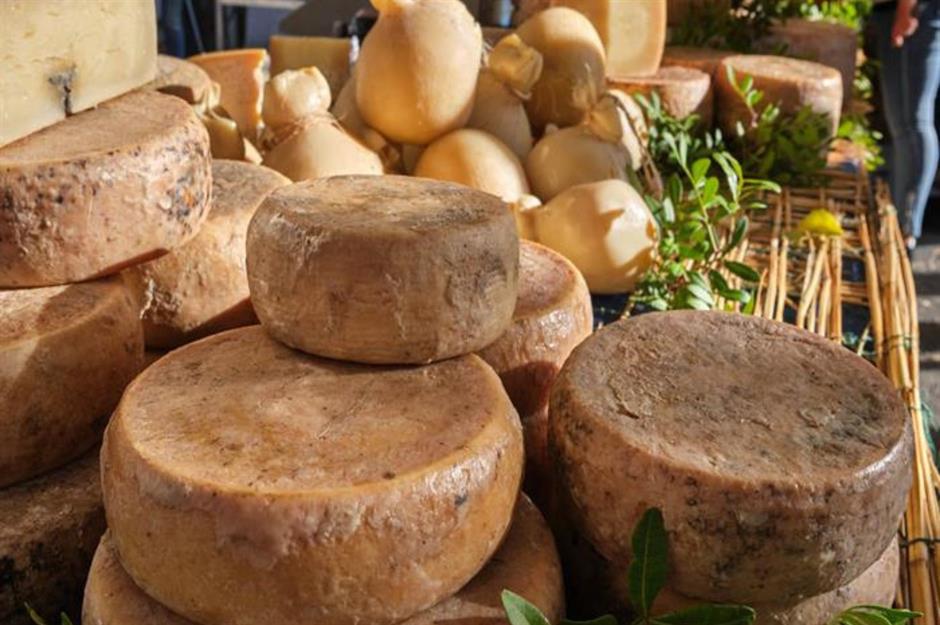
Creamy casu marzu (which translates as ‘rotten cheese’) is produced by deliberately leaving hard, salty pecorino cheese out for cheese flies to feast on. The flies lay their eggs inside the rind – and maggots then hatch and feed on the cheese, breaking down the fats, softening the cheese and giving it its unique flavour. While casu marzu is thought of as a delicacy on the Italian island of Sardinia, experts warn there’s a risk of the maggots causing damage to the intestines. As such, it’s illegal to buy or sell the cheese.
16. Casu marzu
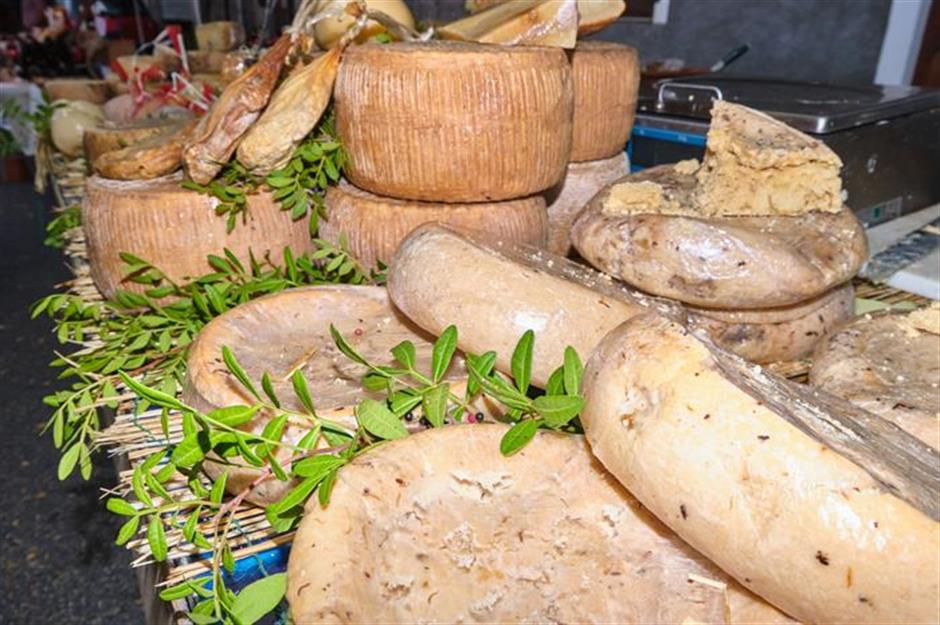
Casu marzu is the most dangerous cheese in the world, according to the Guiness Book of World Records. Even on its native Sardinia, the cheese is divisive; some locals love it and take pride in its history and tradition, while others cringe at the thought of it. The legal status of the cheese reflects these opposing attitudes, too – though it can’t legally be sold, it’s registered and protected as a traditional product of Sardinia.
15. Butter beans
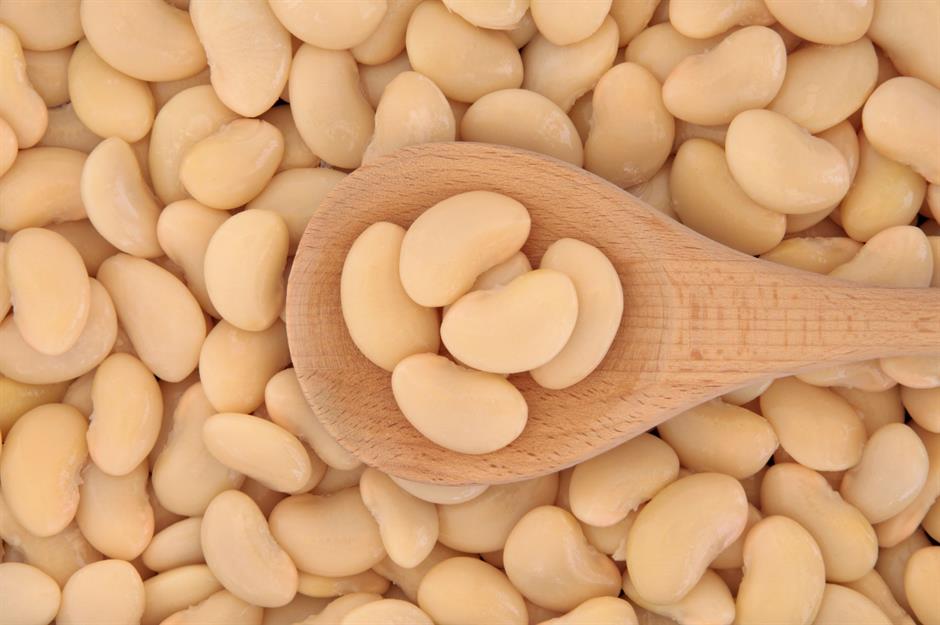
Whether you’re making Greek-style giant beans or throwing a handful into your stew to bulk it out, it’s worth being extra cautious if you’re using dried, rather than tinned, butter beans. Like a lot of legumes, these beans are unsafe to consume raw. If you don't want to get sick, you'll need to prepare your butter beans properly before use.
15. Butter beans

Raw butter beans also contain the chemical linamarin, a compound known to release cyanide when digested. This can be avoided by preparing the legume safely – make sure to soak the dried beans overnight, drain and rinse them, then simmer them in water or stock for an hour. If in doubt, opt for tinned butter beans to avoid the risk of any potential illness.
14. Rhubarb leaves
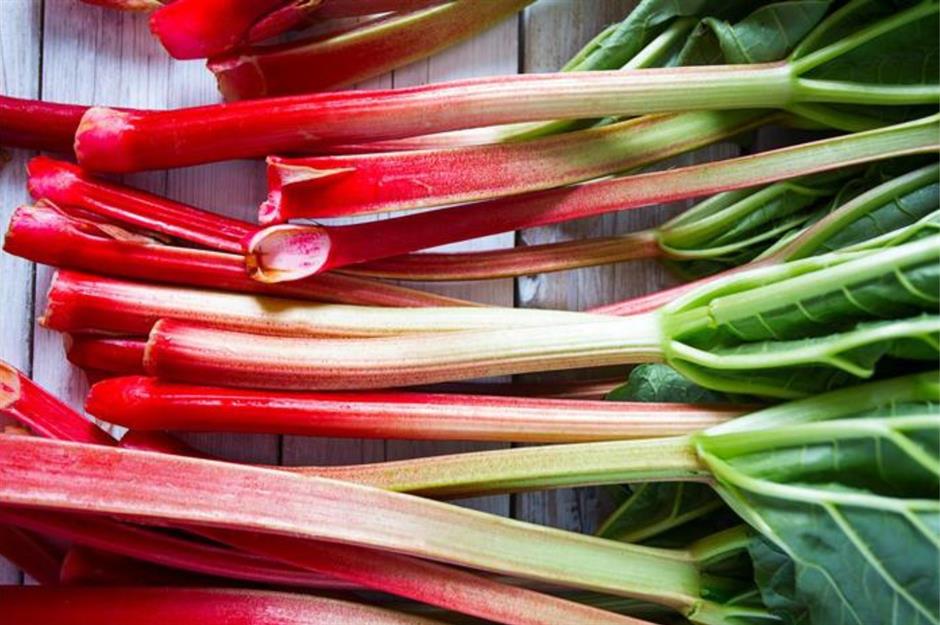
Have you ever wondered why we eat the sour stalks of a rhubarb plant, but not the leaves? It’s for a very good reason; the leaves contain high levels of oxalic acid, a compound that can also be found in spinach, chard and cocoa. If eaten in large doses, oxalic acid binds with calcium in the body, forming oxalate crystals in the kidneys. In extreme cases, this can lead to kidney failure and even death, though these instances are very rare.
14. Rhubarb leaves
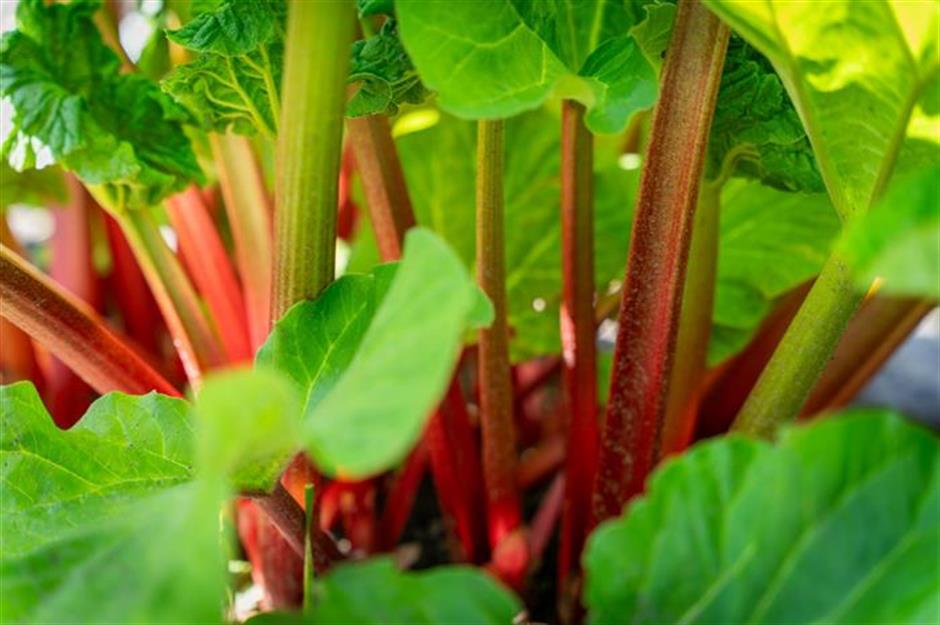
Other symptoms of poisoning from rhubarb leaves may include stomach aches, vomiting and seizures. You’d generally have to consume a large amount of rhubarb leaves for it to be fatal, although pre-existing kidney problems could put you at greater risk. It’s safe to say that if you want to make the most of a glut of rhubarb, you should avoid the leaves completely.
13. Elderberries
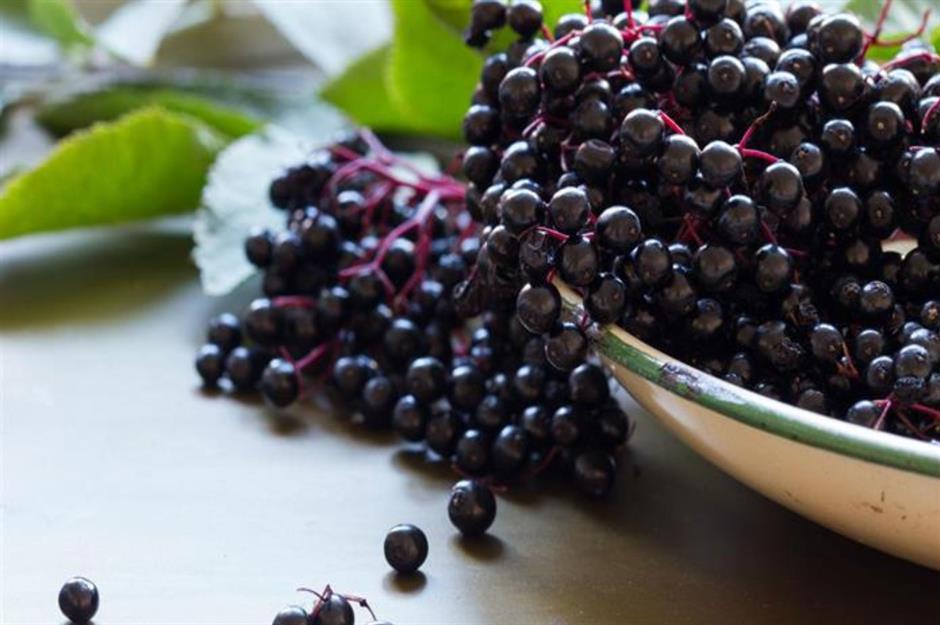
Purple-black berries that grow on elder trees in Europe and America, elderberries have historically been used to treat winter cold and flu viruses. If you fancy having a go at making elderberry cordial or wine, it’s imperative that you cook the fruit properly. The raw berries, bark and leaves contain toxins that can turn into cyanide and cause severe food poisoning symptoms, including nausea and diarrhoea.
13. Elderberries
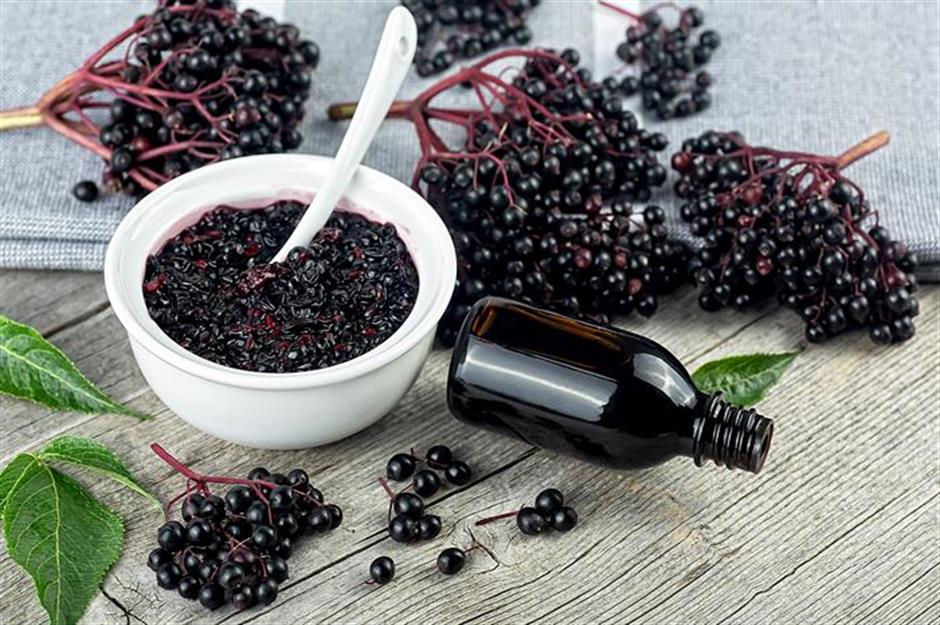
According to experts, elderberries aren’t suitable for children – and supplements and other products made with elderberries should be kept away from children, too. Not only that, but you should always be careful if you go foraging for elderberries; while American and European elderberries are edible, other species could be more toxic and shouldn’t be eaten.
12. Raw cashews
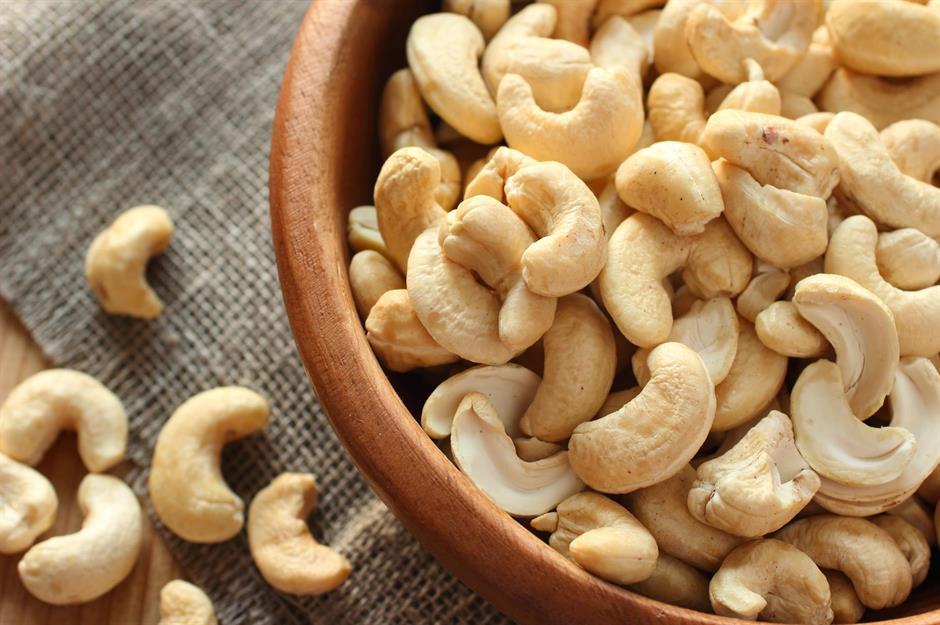
If you love to snack on cashew nuts, you may be surprised to see them on this list. But in their raw, unprocessed state, cashews contain urushiol, a chemical that’s also found in poison ivy. It causes skin rashes and can be lethal if ingested in high doses. Urushiol is found in all parts of the cashew tree, including in the oil between the shell and nut. In one incident, 20% of people who bought bags of cashews containing urushiol residue developed a rash.
12. Raw cashews
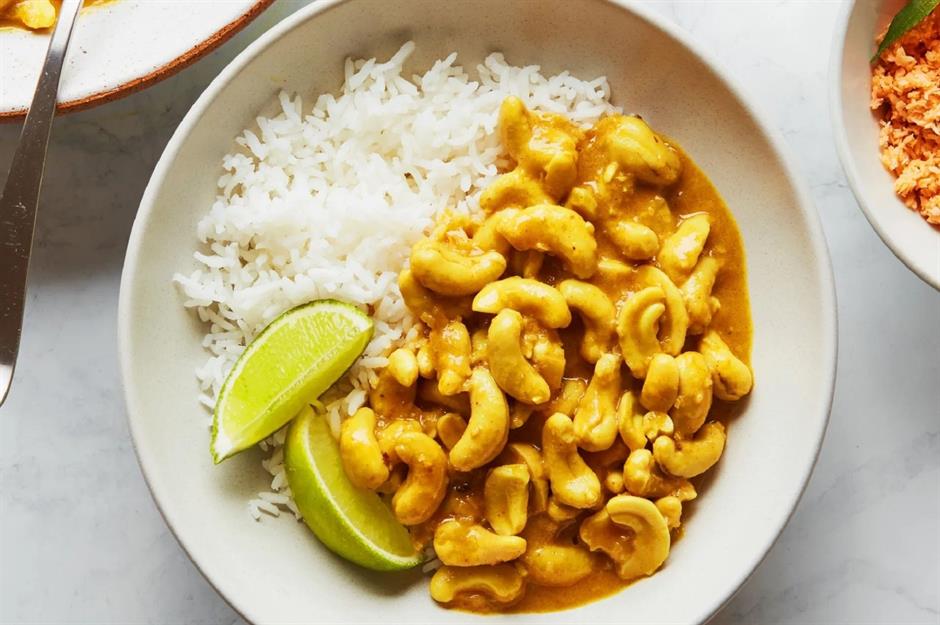
Though native to Brazil, cashews are grown in several parts of the world, including Central and South America, Africa, India and Southeast Asia. Despite often being labelled as raw, the type of cashews you’ll find on supermarket shelves will have been carefully treated and cooked at a high heat. They’re first harvested from their red, pear-shaped drupes, known as cashew apples, then cooked before being shelled and peeled. After this, they’re either packaged and sold as ‘raw’ (without any flavours) or roasted again.
11. Fesikh
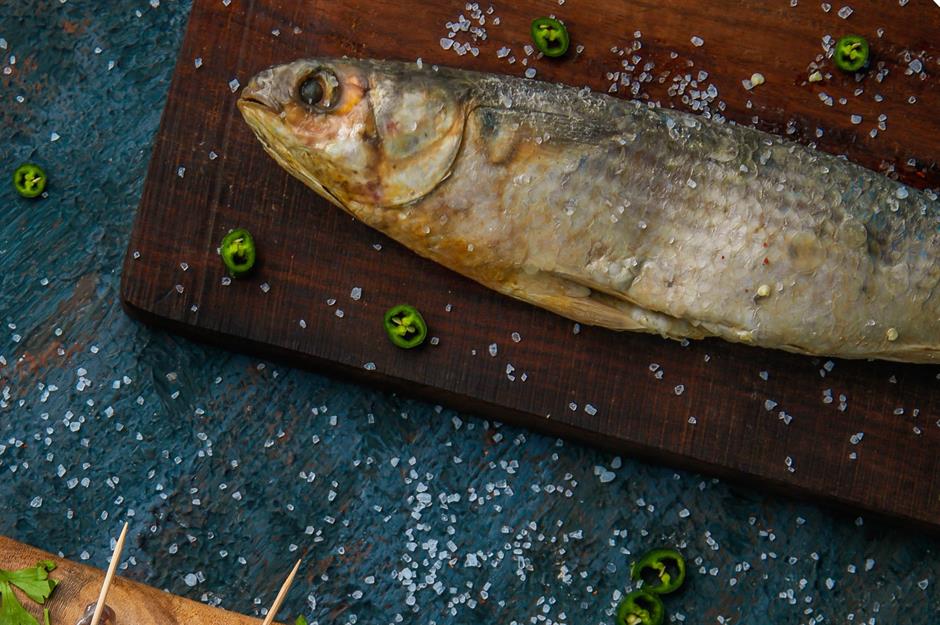
Every year, health warnings are issued against eating fesikh, a fermented and salted fish dish that’s traditionally enjoyed during the Egyptian spring festival, Sham el-Nessim. If it isn’t prepared with enough salt (or if undried fish are used), the fish may remain in an anaerobic state for weeks, creating the perfect environment for dangerous, botulism-causing bacteria to grow. Botulism can lead to nausea, paralysis or even death in the worst cases.
11. Fesikh
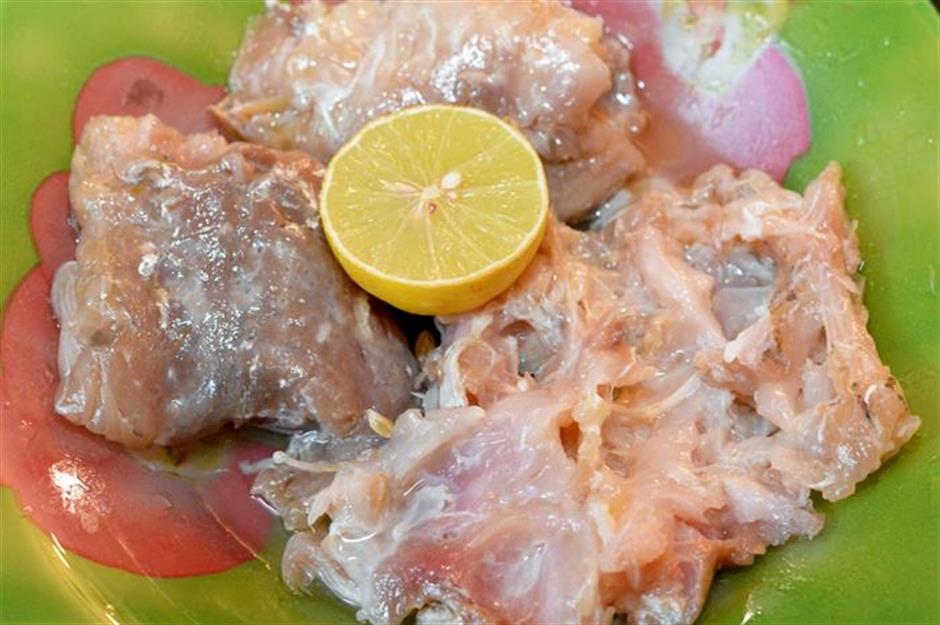
In 2019, 70 people were hospitalised after consuming fesikh – and there was one fatality in Alexandria, Egypt. In 1991, the worst year to date for fesikh fatalities, a total of 18 people died after eating the fish. Some Egyptians say that while they don’t even like the dish, they see it as a part of their national identity and it’s eaten on many special occasions, including both Muslim and Christian holidays.
10. Pangium edule
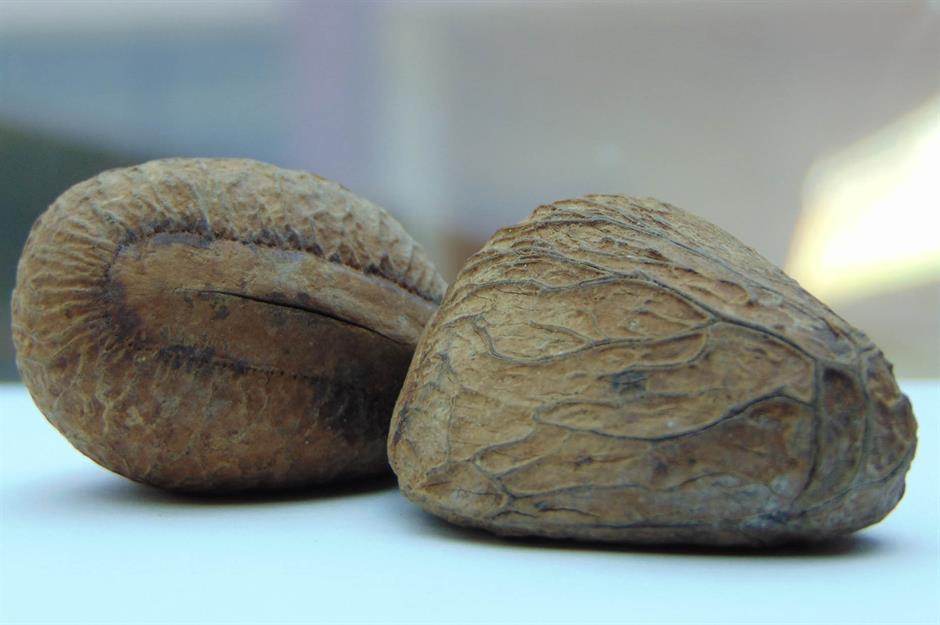
Grown in the jungles of Malaysia, Indonesia and Singapore, the pangium edule is a tall tree that bears huge, rugby ball–shaped fruits. While the fruit's fleshy insides can be pickled or cooked to eat, great care must be taken when preparing this tropical delicacy. The skin is full of cyanide, which can be extremely dangerous and even lethal. The correct preparation involves a long process, but it’s crucial to prevent disaster.
10. Pangium edule
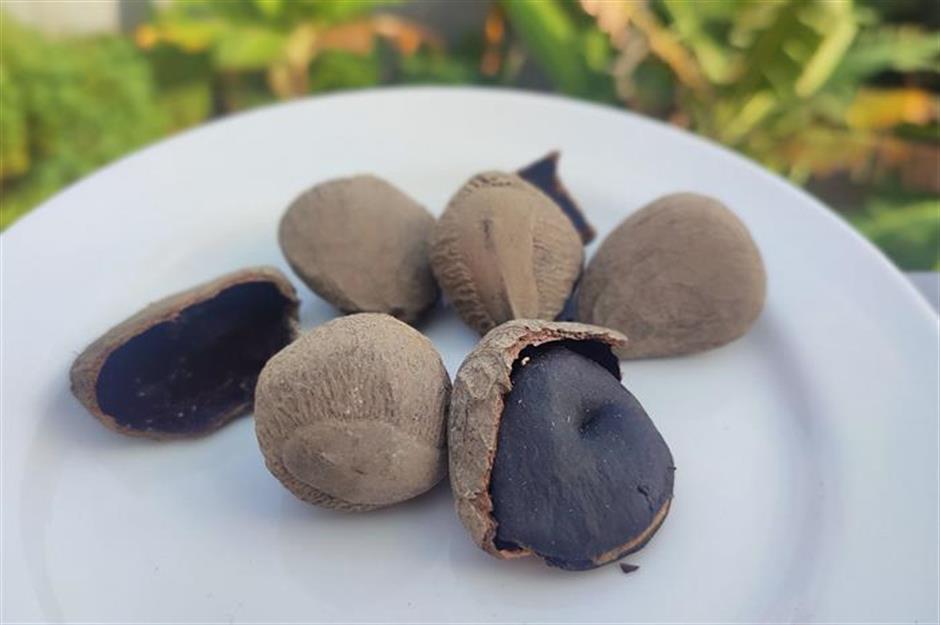
To guarantee that it's safe for consumption, the fruit needs to be soaked for a few days before being boiled, wrapped in banana leaves and buried underground for over a month. During this time, it turns from a creamy white colour to brown or black – and the fermentation helps to rid the fruit of any cyanide that wasn’t released during boiling. The cyanide can then be washed away, and the fruit can be ground into a paste called rawon, which is used in a variety of dishes.
9. Blood clams
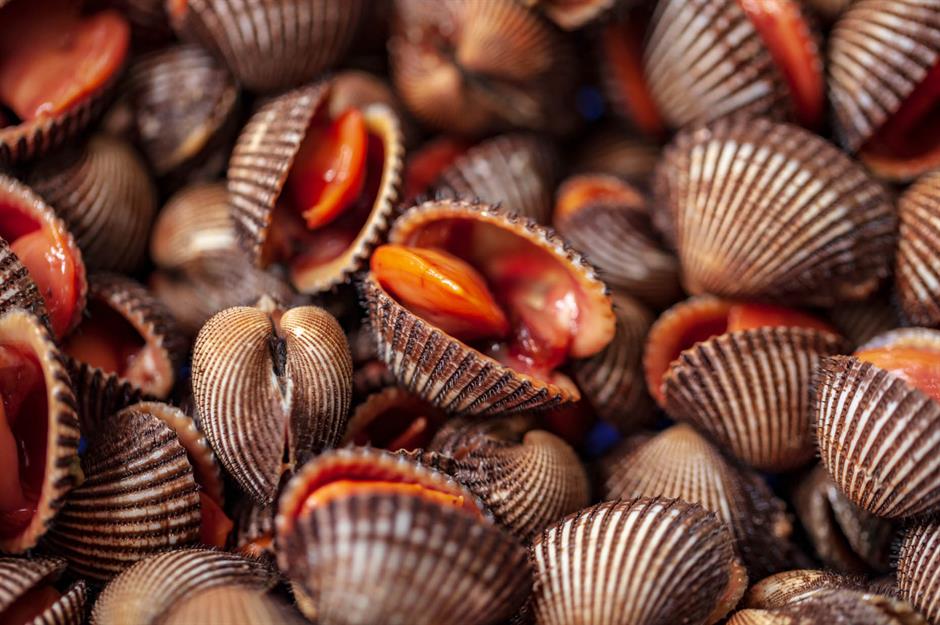
With a name as ominous as blood clams, you may well suspect that there's some danger involved when eating these molluscs. However, the clams' red colour, caused by high levels of haemoglobin (a protein that makes blood red), isn't what makes them risky. The issue lies in the fact that blood clams can ingest viruses such as hepatitis A, typhoid and dysentery due to living in unsanitary, often polluted waters. Like other bivalves (such as mussels, clams, oysters and scallops), blood clams are filter feeders, filtering water to get their food. This also means they’re highly susceptible to picking up nasty pathogens.
9. Blood clams
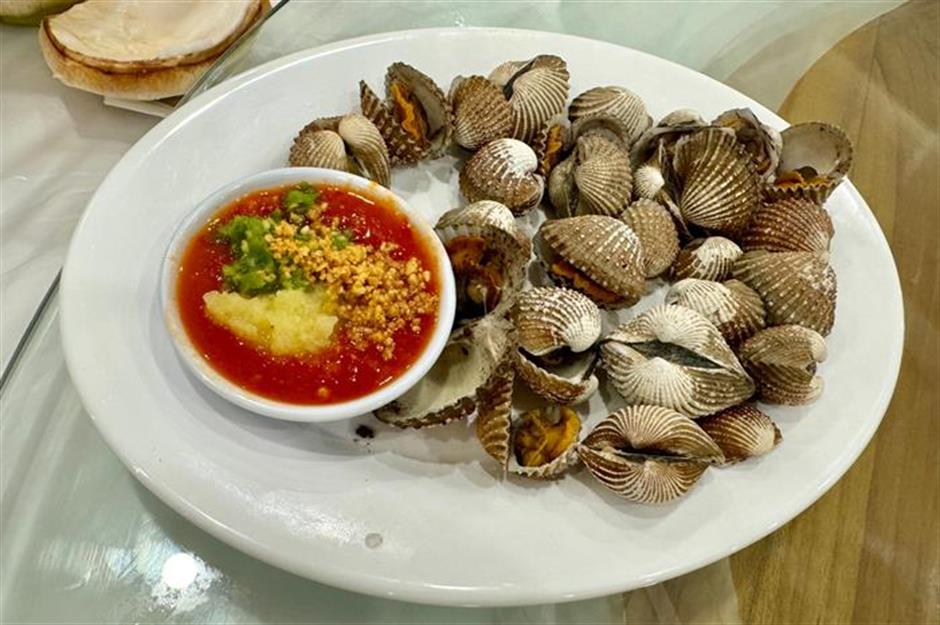
In 1988, blood clams were banned in Shanghai after a serious hepatitis A outbreak – it's thought that around 300,000 people contracted the condition after eating the molluscs. Chinese blood clams have since been banned in the US for the same reason. Despite this, many still see them as a delicacy, so long as they're raised, stored and cooked as safely as possible.
8. Larb
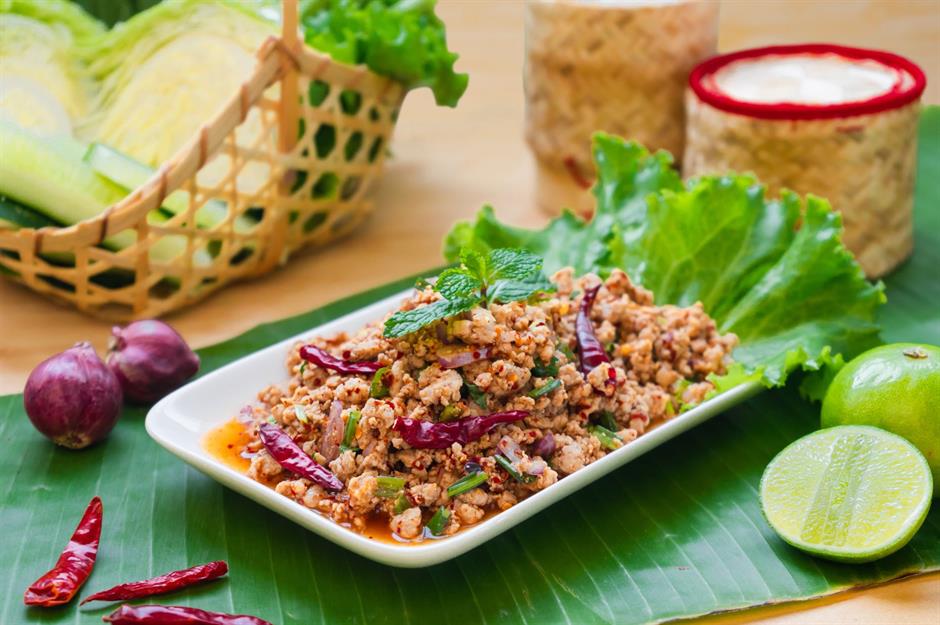
Larb – also known as laab and laap – is a popular dish eaten across Asia, though it's primarily enjoyed in Laos and Thailand. It’s a fresh, zingy salad that’s packed with herbs, lemongrass, chilli, onion and ground raw meat (typically chicken, beef, lamb or pork). However, consuming raw meat comes with its risks; it can harbour dangerous bacteria, including salmonella, E. coli, listeria and campylobacter. Raw meat can also contain parasites, which could cause serious illness or even death.
8. Larb
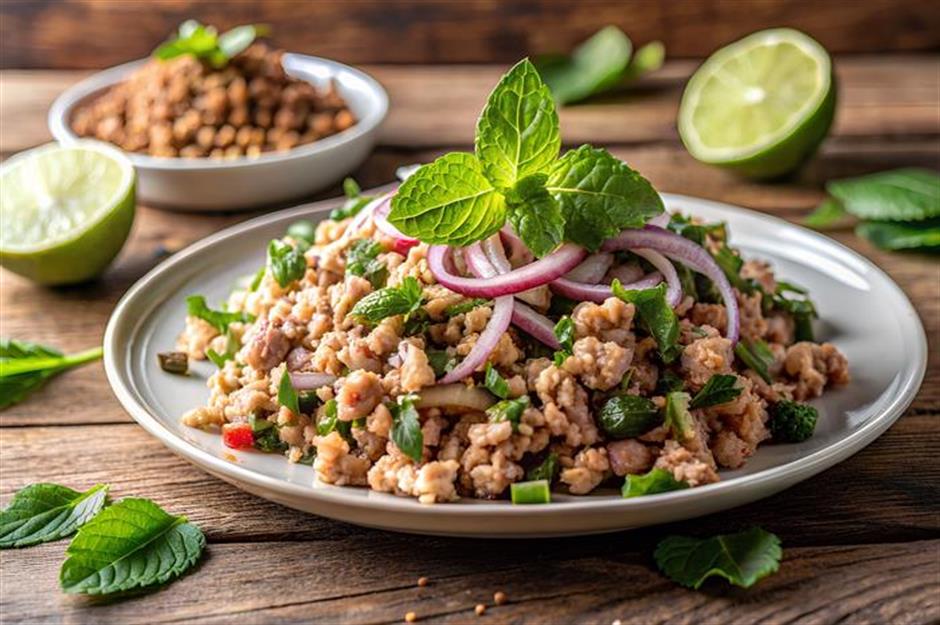
Over the years, there have been multiple cases of parasite infections and, tragically, deaths linked with consuming this dish. In 2018, a dozen people contracted trichinellosis (a disease developed by eating raw or undercooked meats from animals with trichinella) after eating larb in California. If you're tempted to try the dish, we recommend opting for larb that's made with cooked meat, or even a vegetarian version that replaces meat with mushrooms or other vegetables.
7. Hákarl
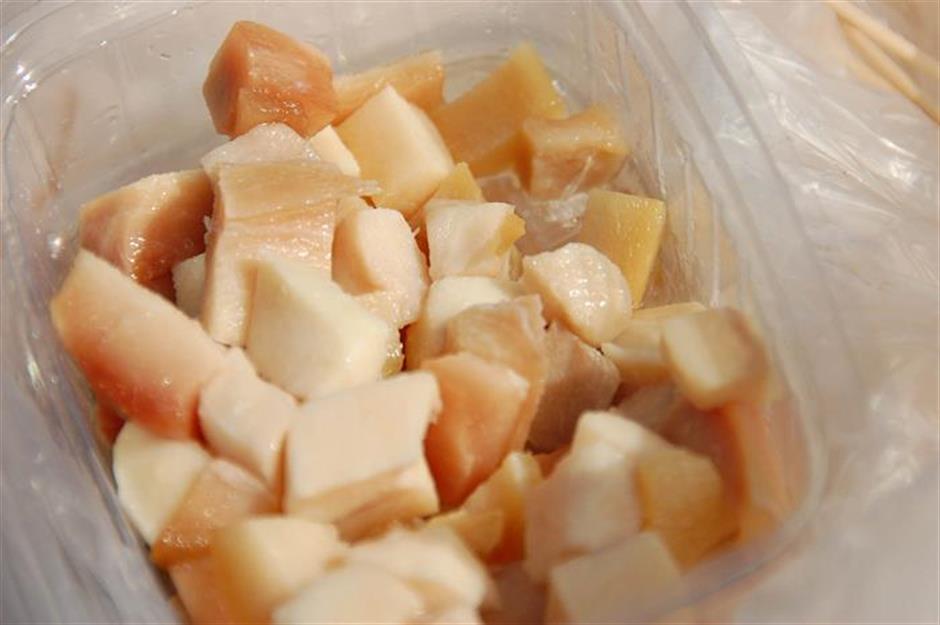
A traditional Icelandic food, hákarl is Greenland shark that's been cured and fermented for several months. If eaten fresh, however, it’s poisonous. The shark's flesh contains high levels of toxins, causing those who sample it to feel very sick, potentially turn blind and, in extreme cases, even die. It’s considered safe to eat after it's been given time to age and neutralise – although the dish does still retain a strong ammonia smell, which can be off-putting for some.
7. Hákarl
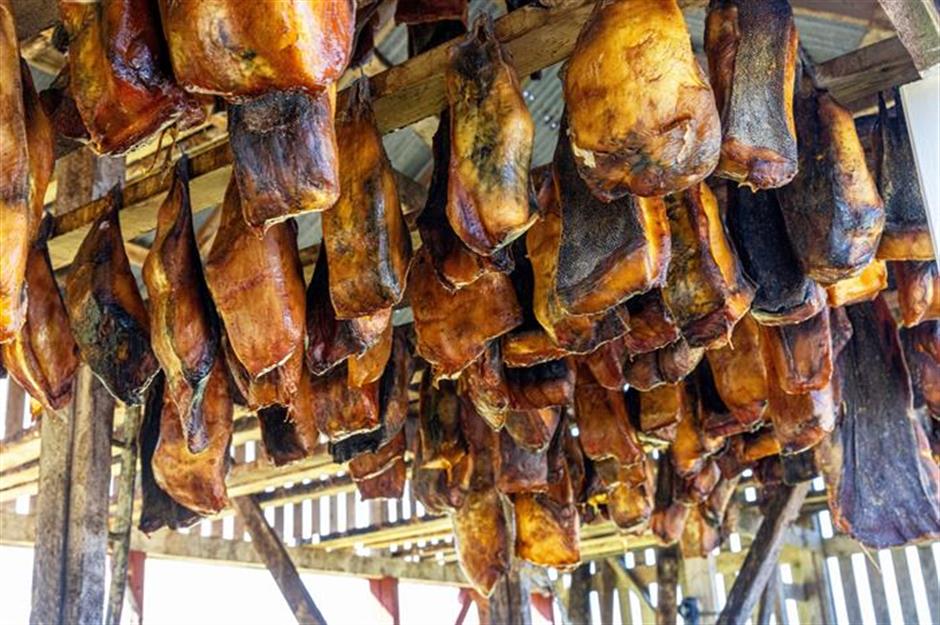
There are two main types of hákarl: glerhákarl, which is chewy and has a reddish colour, and skyrhákarl, which is white. Both the smell and taste may not appeal to those who aren’t accustomed to this dish, but the population of Iceland has been eating it since the Vikings reached the island many centuries ago. It was once fermented underground, but today it's more likely to be stored in containers while it ages.
6. Dragon’s Breath
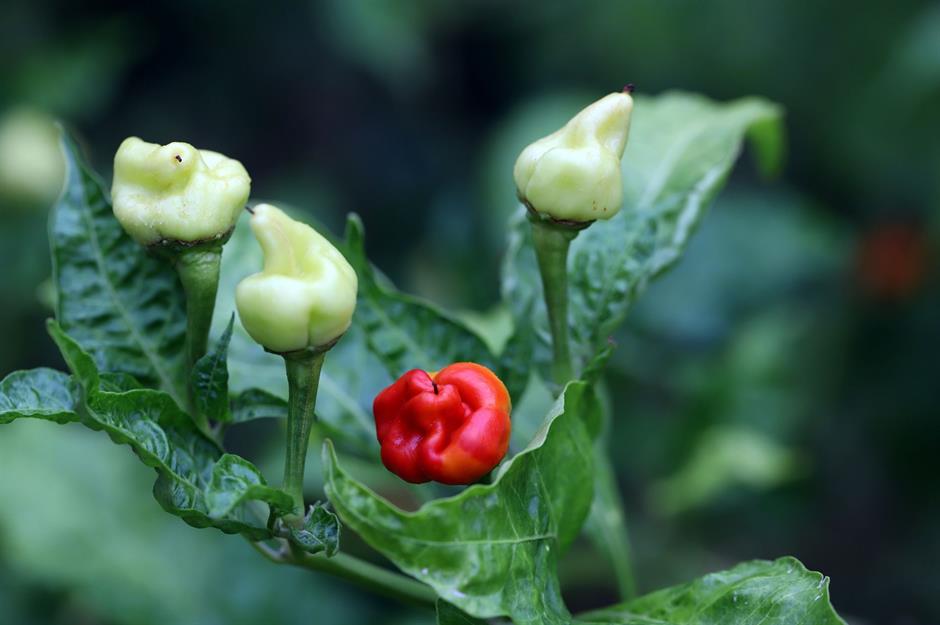
This sinister-sounding ingredient is thought to be the world’s spiciest chilli pepper. Its spice levels have been unofficially tested, coming in at a whopping 2.48m Scoville units, surpassing the Carolina Reaper. With that in mind, researchers have put out warnings suggesting that biting into one of these small red peppers could lead to anaphylactic shock and, in some rare cases, death.
6. Dragon’s Breath
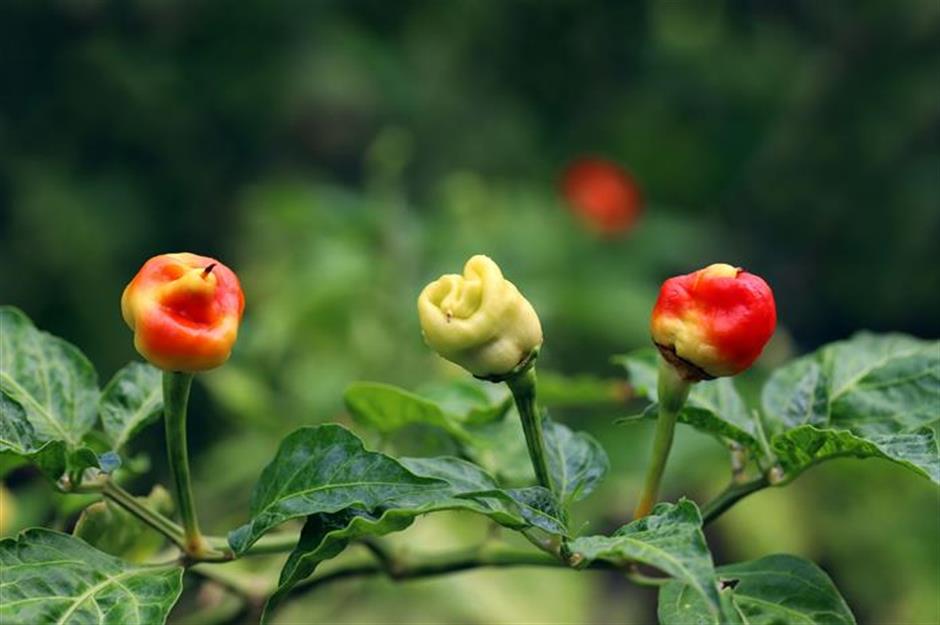
Dragon's Breath was initially developed as a possible topical anaesthetic – but these days, some people also use the peppers to make products like chilli flakes and powders, growing their own plants so they can harvest them regularly. However, anyone not used to consuming such a spicy ingredient could develop symptoms including vomiting, sweating, shaking and abdominal pain due to the chilli's high levels of capsaicin.
5. Raw cassava
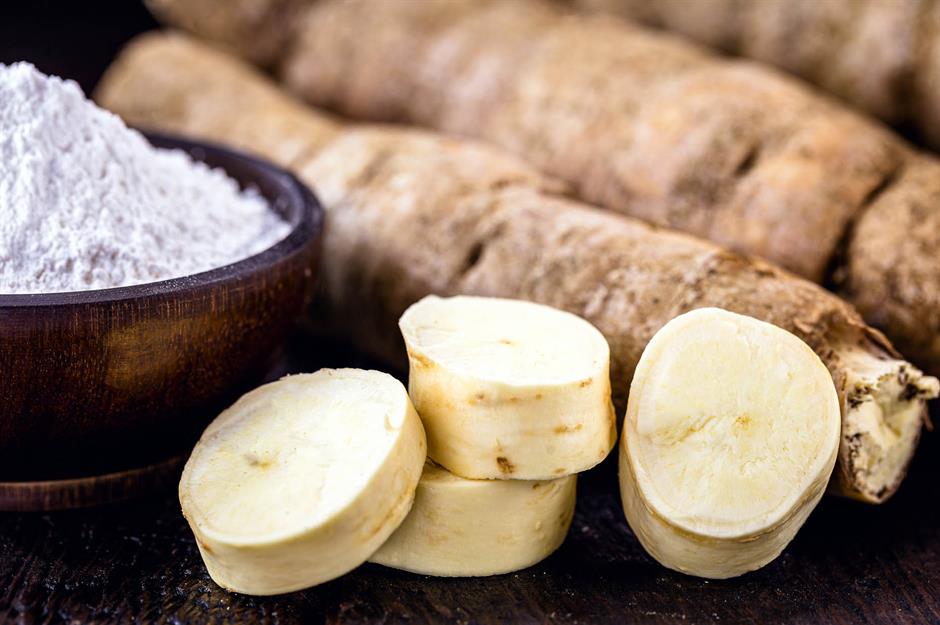
Used to make tapioca, fries, cakes, bread and more, cassava – a South American root crop – is a great source of carbohydrates. However, when raw, it contains a compound called linamarin, which turns into cyanide in the body. If cassava is not correctly prepared, it can cause severe side effects, including dizziness, vomiting and convulsions. Raw cassava needs to be peeled and cooked thoroughly to make it safe to eat. Due to the root's thick skin, the best tool for this job is a knife rather than a vegetable peeler.
5. Raw cassava
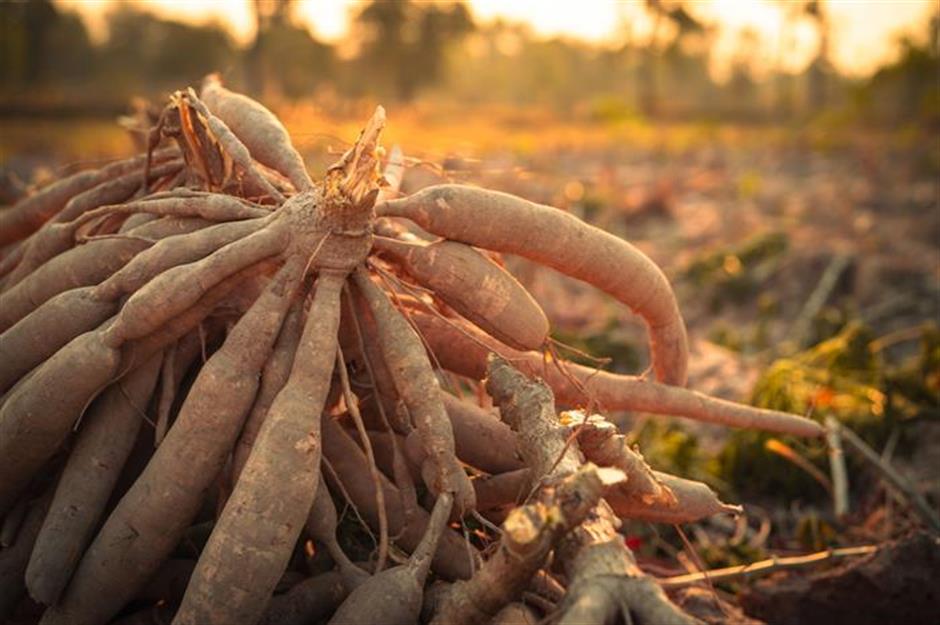
Cassava is considered particularly dangerous for children. In March 2005, it was reported that 27 children died – and a further 100 were hospitalised – after eating incorrectly prepared cassava served by a street vendor outside their school in the Philippines. Products made with cassava could pose a risk, too; for example, if tapioca isn’t correctly refined, it can also be dangerous to eat. However, as long as cassava (and anything made with it) is prepared correctly, it’s perfectly safe.
4. Unripe ackee
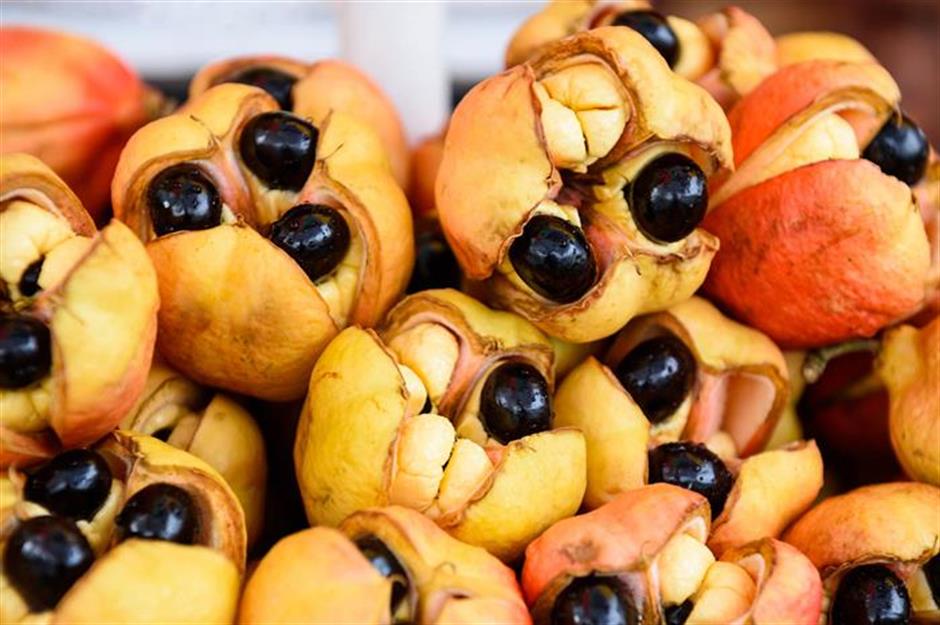
Jamaica's national dish, ackee and saltfish, sees the tropical fruit paired with salted codfish. But there are dangers associated with eating prematurely harvested ackee; the unripe fruit (as well as the rind and seeds of the ripe fruit) contains high levels of hypoglycin A, a toxin that can lead to serious food poisoning symptoms including vomiting and exhaustion. Consuming unsafe levels of hypoglycin A might not cause any symptoms at all, but some people can have severe reactions.
4. Unripe ackee

Eating unripe ackee could lead to hypoglycaemia (low blood sugar), which can be extremely dangerous – and in extreme cases, it can cause those that eat it to slip into a coma or even die. Ackee is only safe to consume if it's perfectly mature; edible ackee are the ones that open up, splitting along the seams into three sections and revealing the yellow arils (seed coverings) within. However, as the fruit has such dangerous connotations, raw forms of ackee have been banned in the US altogether.
3. Sannakji
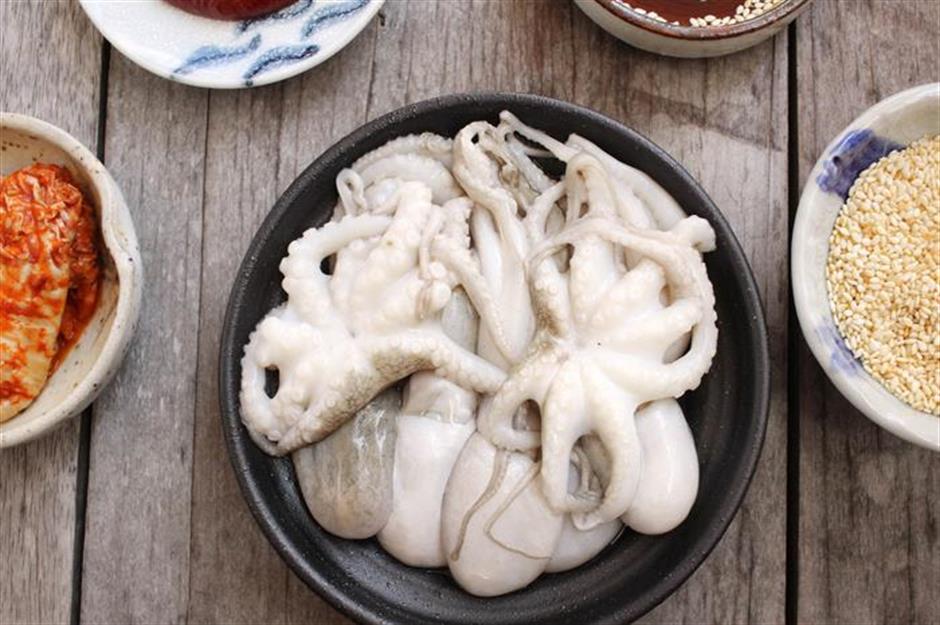
Many consider raw octopus a delicacy – but would you still fancy trying it if it was wriggling across your plate? A Korean speciality dish, sannakji sees baby octopus cut into pieces while still alive, then served immediately. The octopus is sometimes even wrapped around chopsticks and eaten whole. Its mild flavour is enhanced with sesame oil and seeds, and red chilli paste is a popular choice for spicing it up too. But it’s the intriguing nature of this dangerous dish that makes people want to take the risk and give it a try.
3. Sannakji

Sannakji should be approached with caution, as it poses a choking hazard; having been so recently killed, the cephalopods’ suction cups are still active and can cling to the inside of your throat. It's estimated that around six people die every year after eating this deadly delicacy. To avoid succumbing to such a fate, rigorous chewing is recommended, so the octopus can be washed down successfully with a cup of green tea.
2. Wild mushrooms
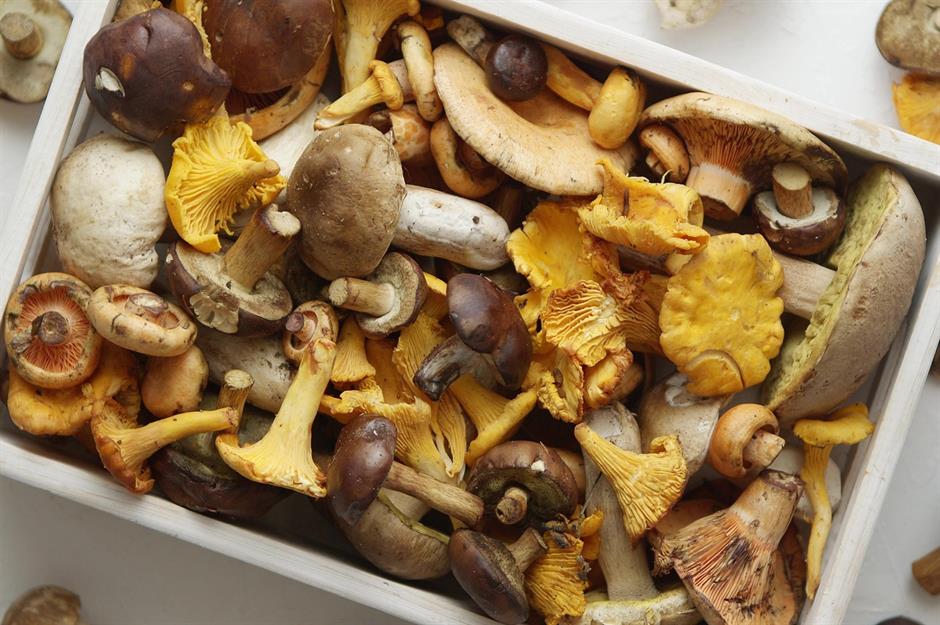
From oysters to chanterelles, there are many mushroom varieties that are absolutely safe – and utterly delicious – to consume. Unfortunately, there are also many that are extremely dangerous. Varieties such as the fool’s mushroom, autumn skullcap and death cap should be avoided at all costs; they’re highly toxic, can cause severe side effects and, in extreme cases, can prove fatal.
2. Wild mushrooms
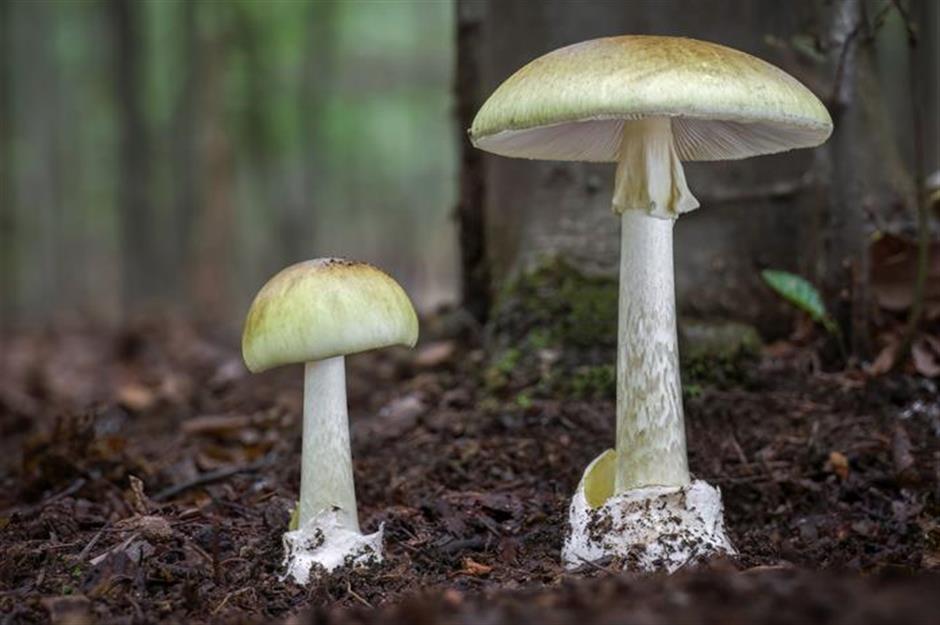
It’s reported that 90% of all mushroom poisoning–related deaths can be attributed to death cap mushrooms. These large, flat fungi may look innocent, without the bright colours that we often associate with poisonous mushrooms (especially as the young ones can resemble button mushrooms). However, they contain the poison amanitin, and just half a mushroom could be enough to kill someone. Foraging can be a fun hobby, but it could be deadly if you get it wrong.
1. Fugu
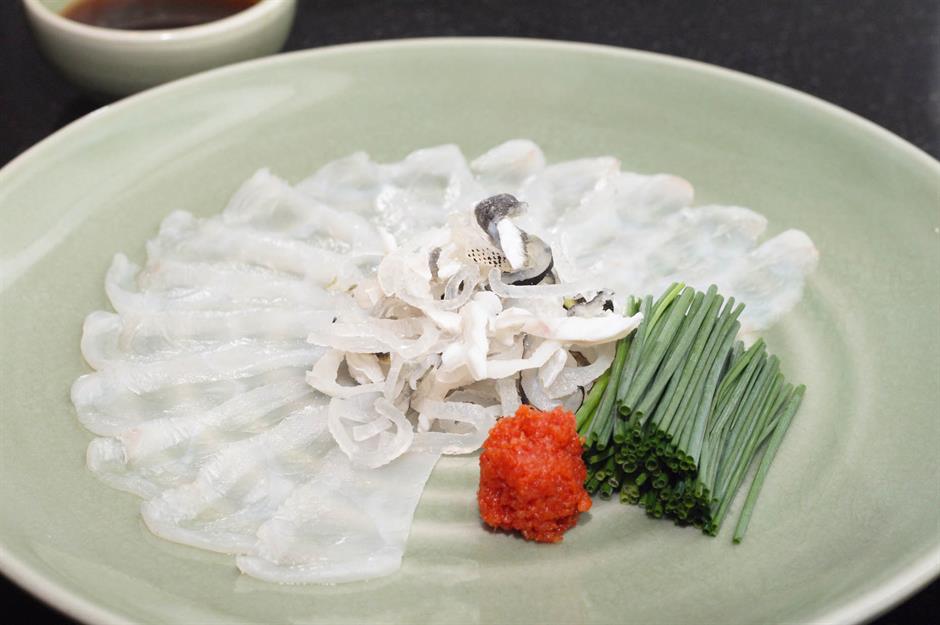
A Japanese delicacy that's both world famous and potentially lethal, fugu is a type of pufferfish that can only legally be prepared by highly trained chefs. The pufferfish's internal organs contain a deadly toxin called tetrodotoxin, said to be 1,200 times stronger than cyanide. If your fugu isn’t handled with care, possible side effects can include dizziness, nausea, headaches, breathing difficulties and muscle paralysis – which can result in death by asphyxiation.
1. Fugu
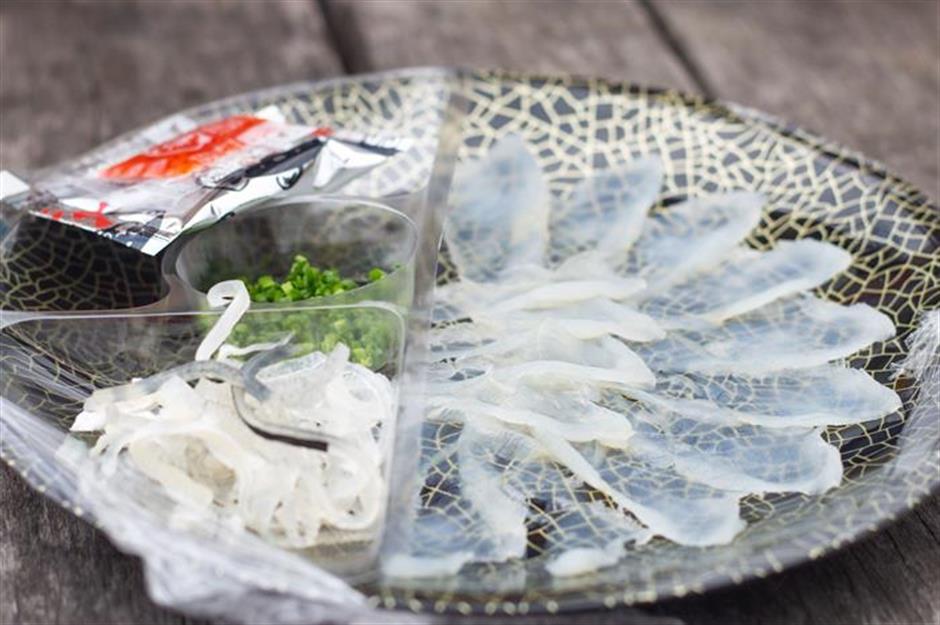
According to Japan’s Ministry of Health, Labour and Welfare, there are around 30 cases of pufferfish poisoning per year, with a fugu-related fatality reported every few years. Other pufferfish that need to be treated delicately include the silver-stripe blaasop, which is consumed in Mediterranean countries such as Türkiye, Egypt and Lebanon. Tetrodotoxin poisoning has been reported in these locations too, with 10 known fatalities having occurred over the years.
Comments
Be the first to comment
Do you want to comment on this article? You need to be signed in for this feature